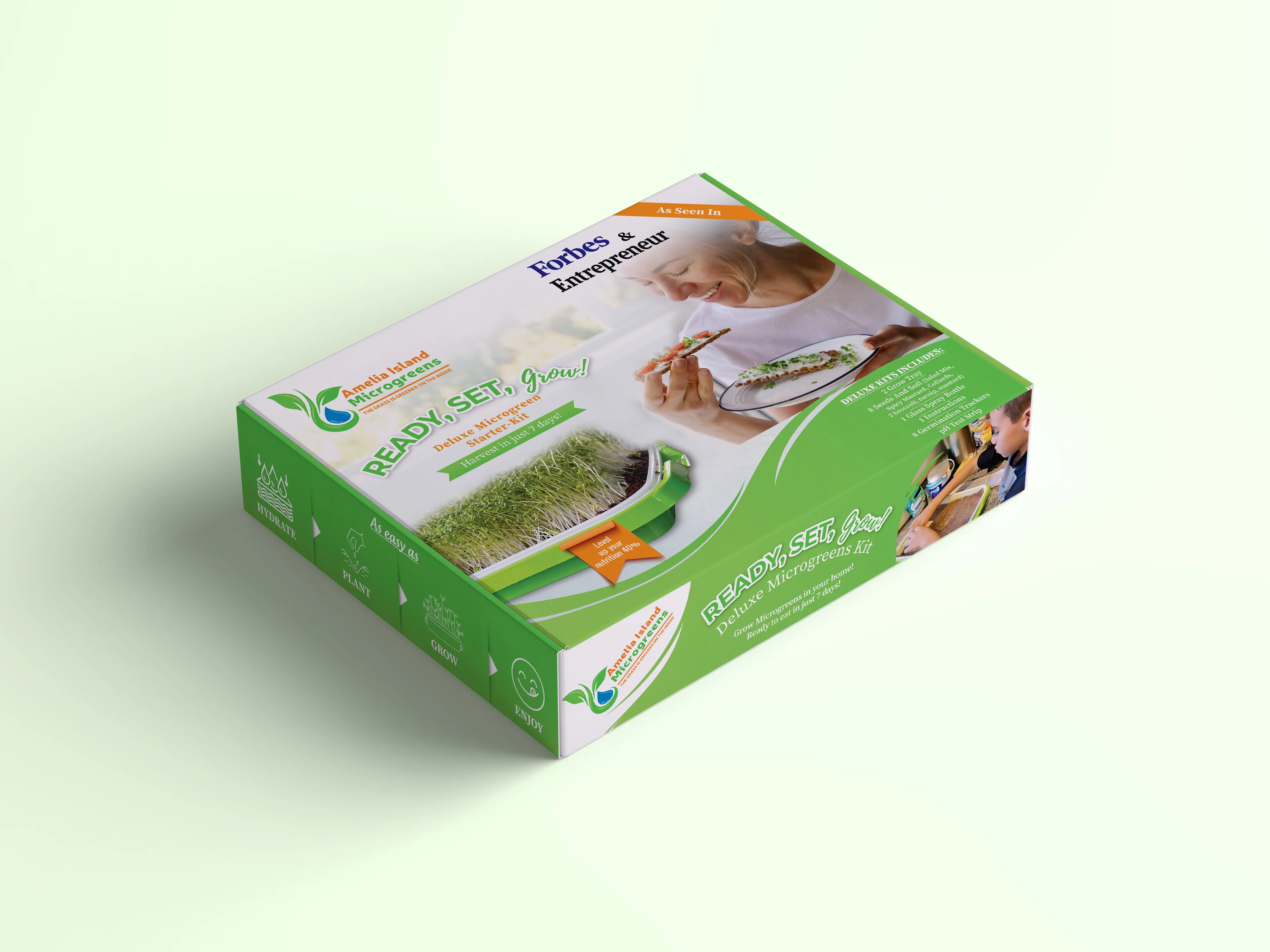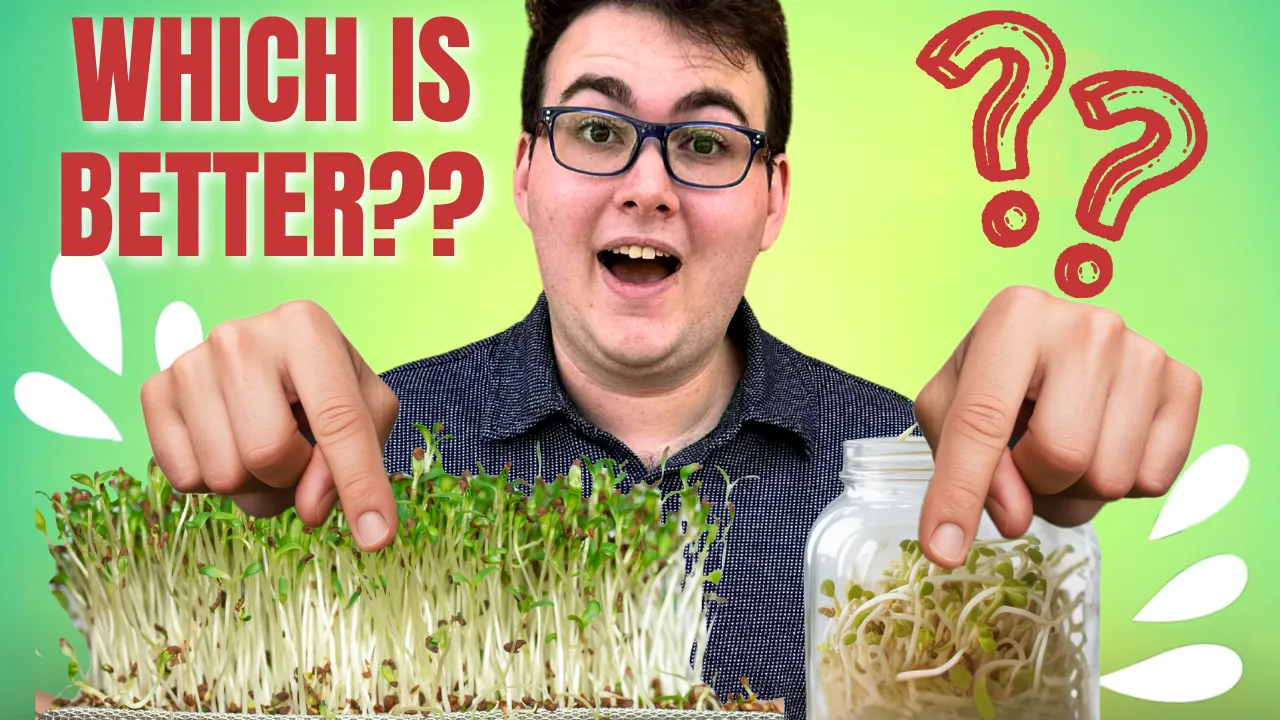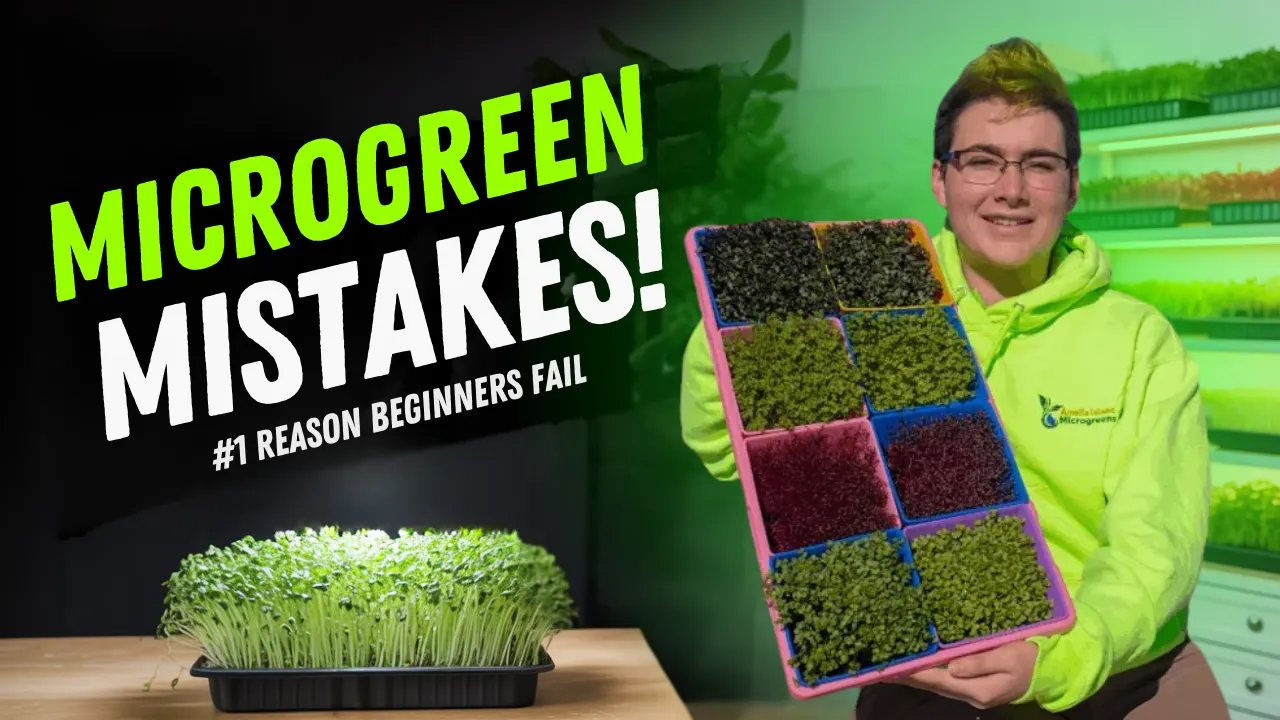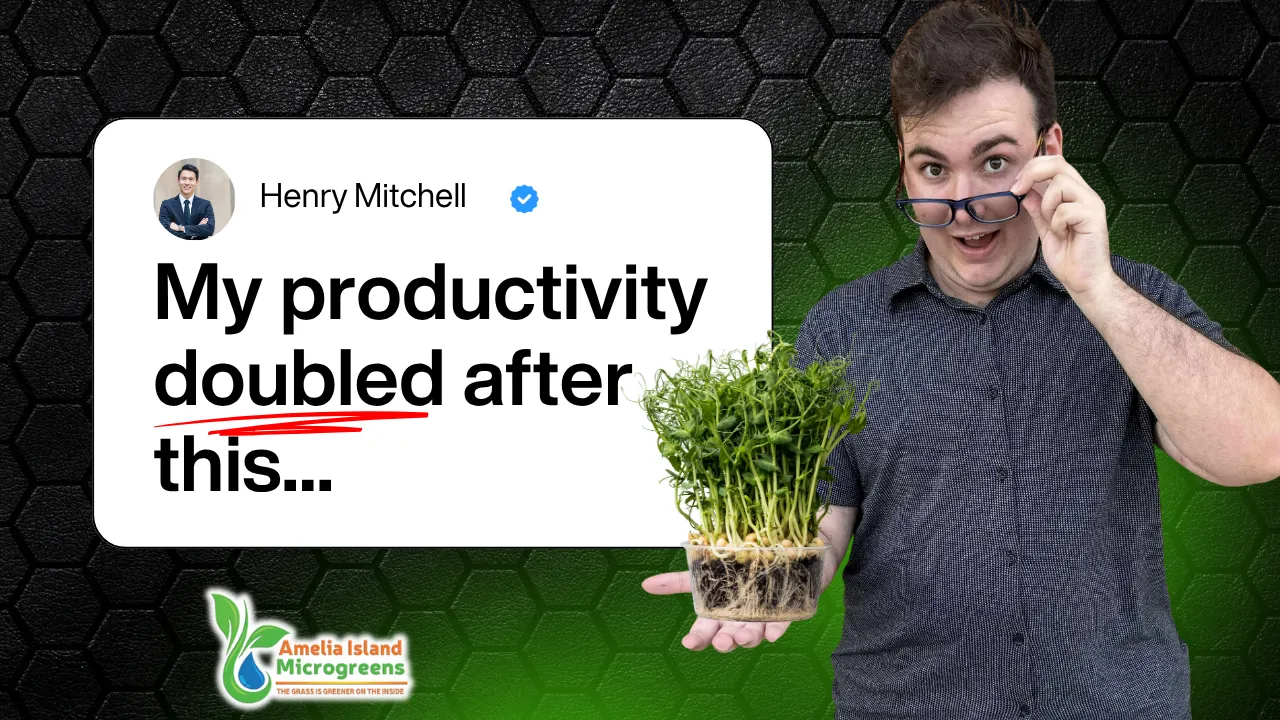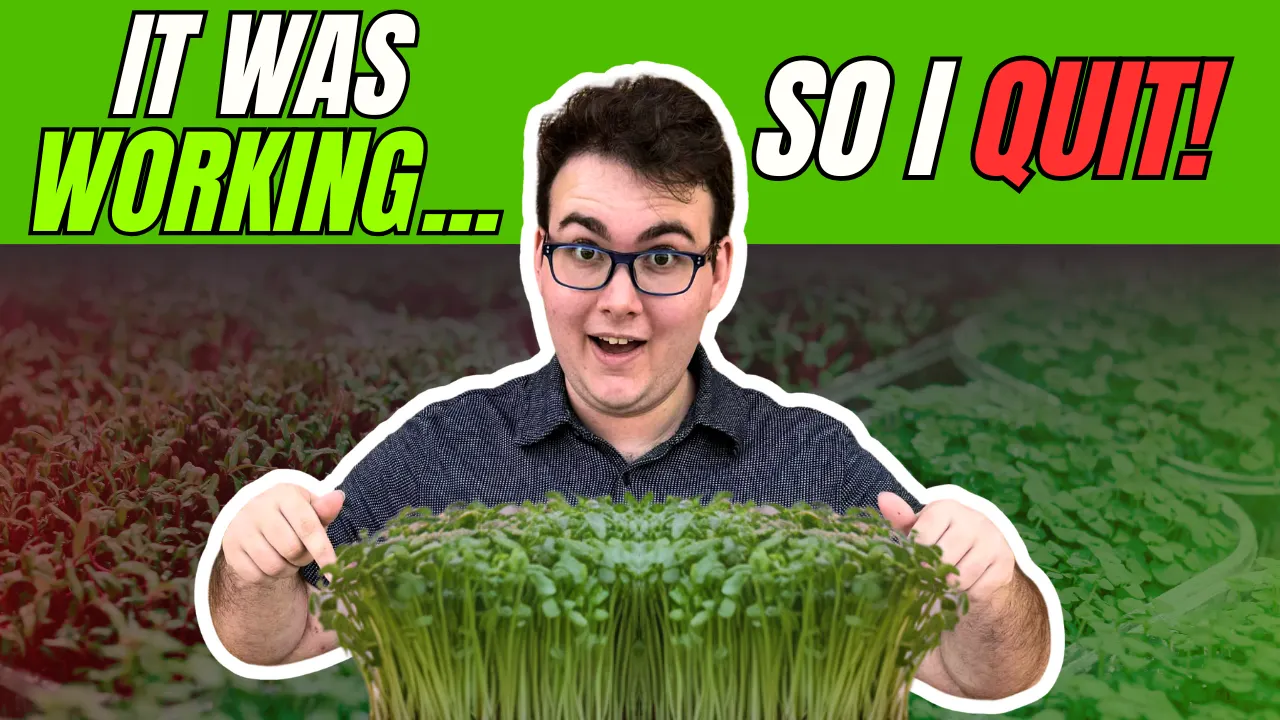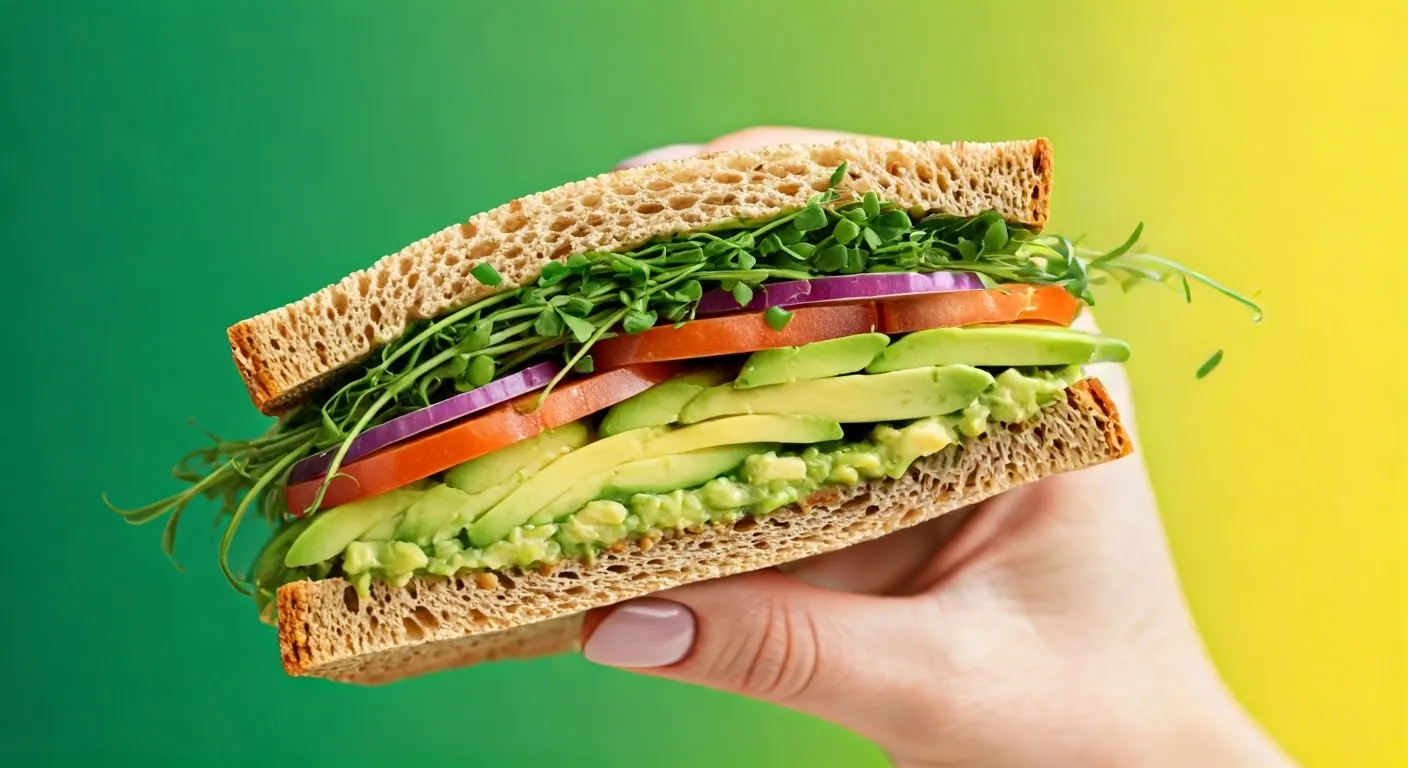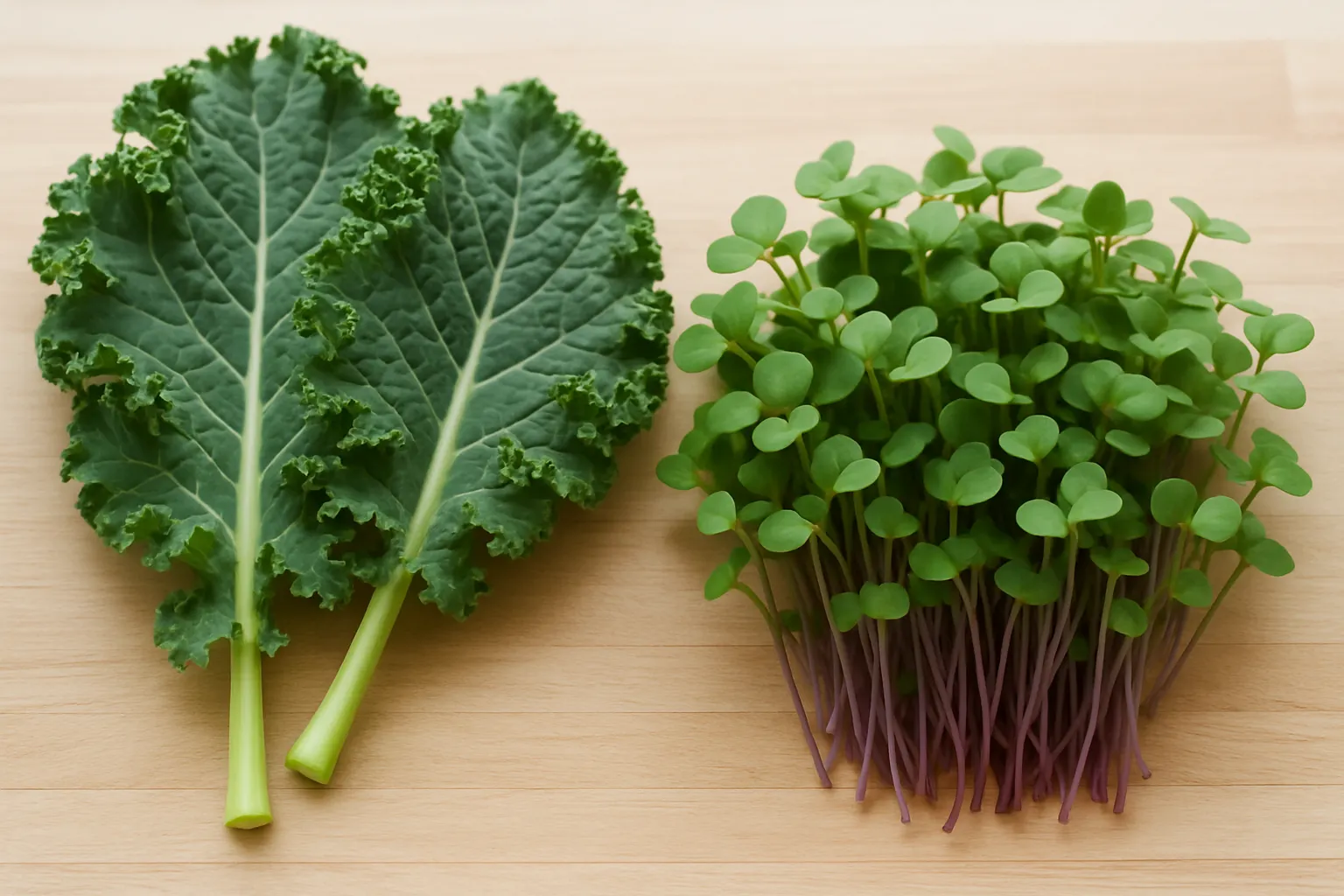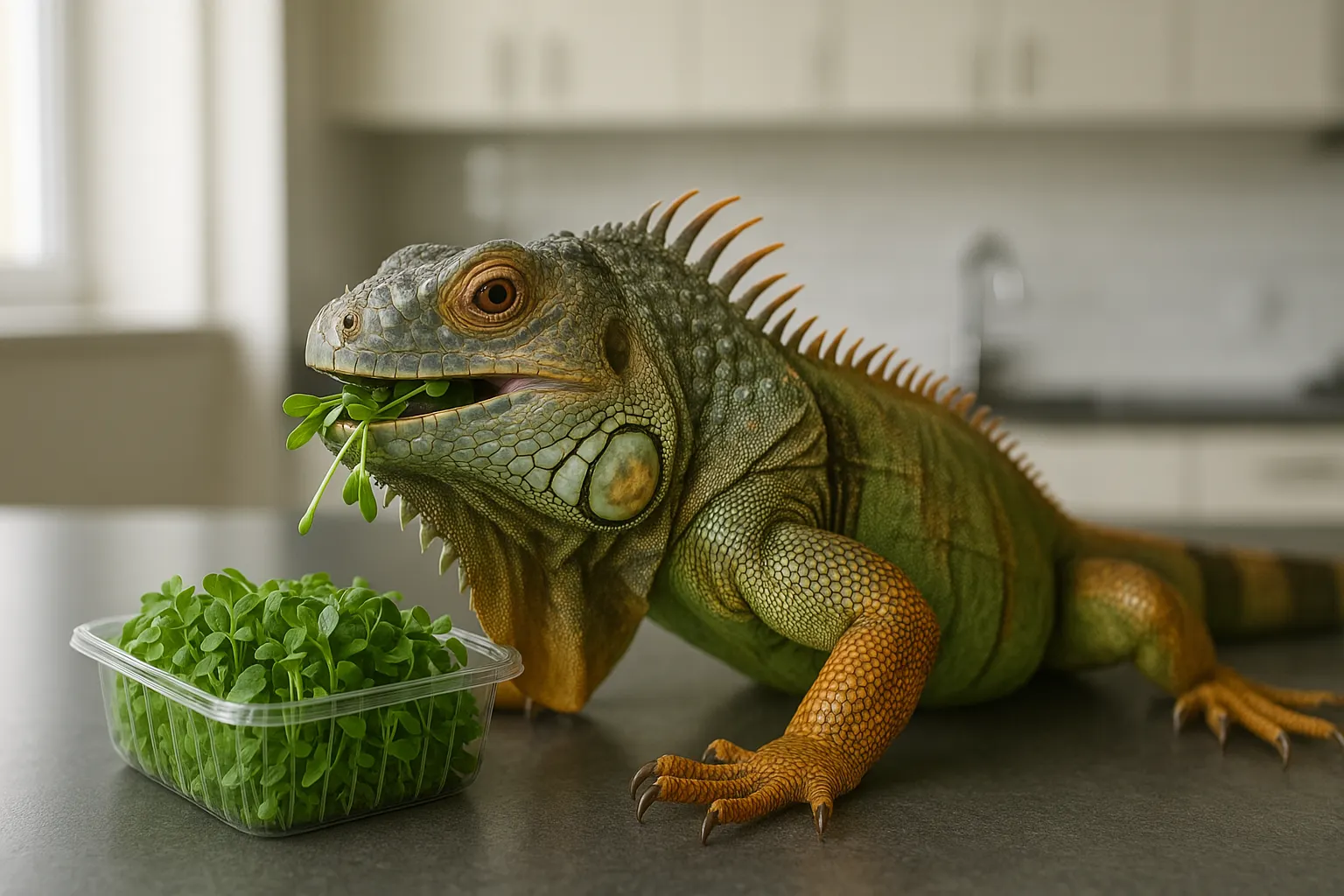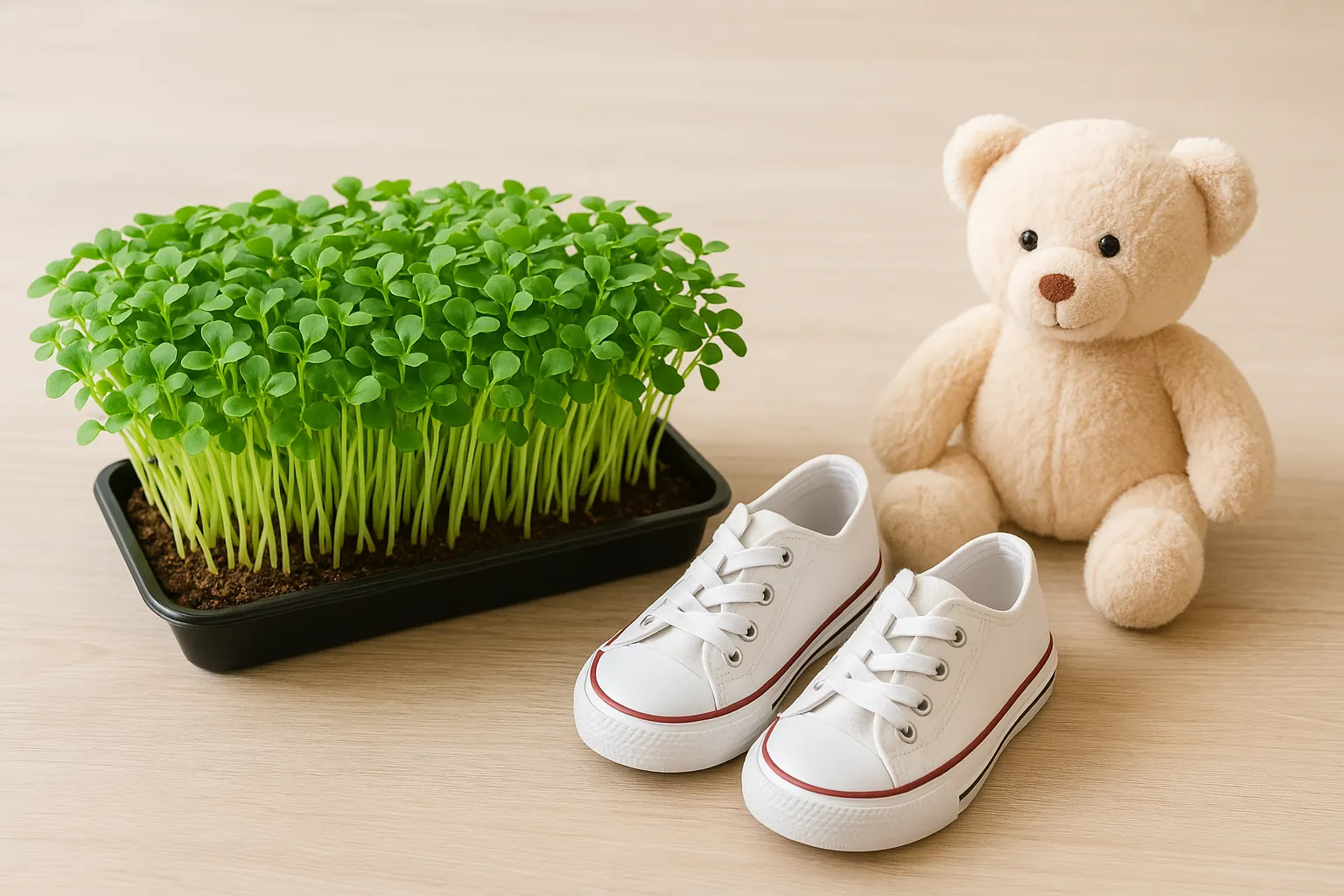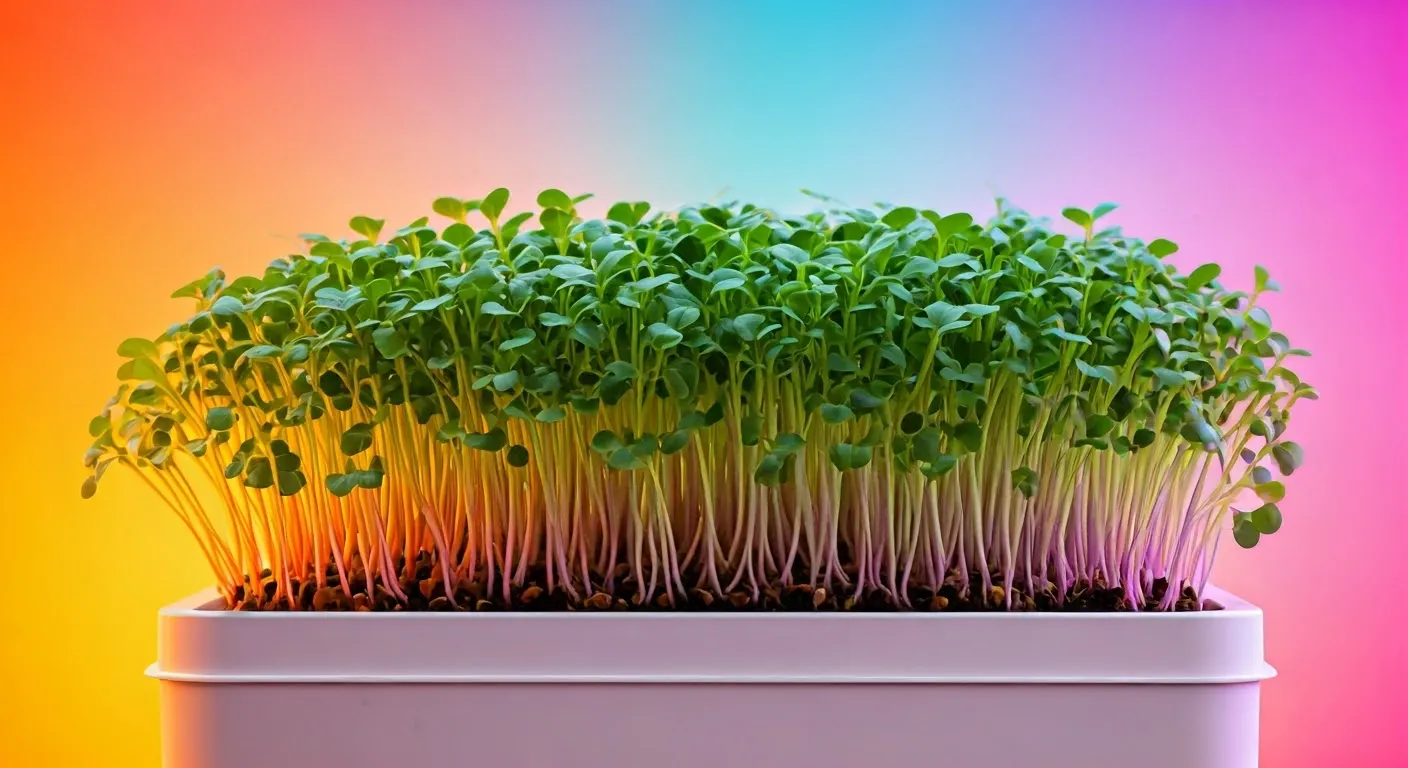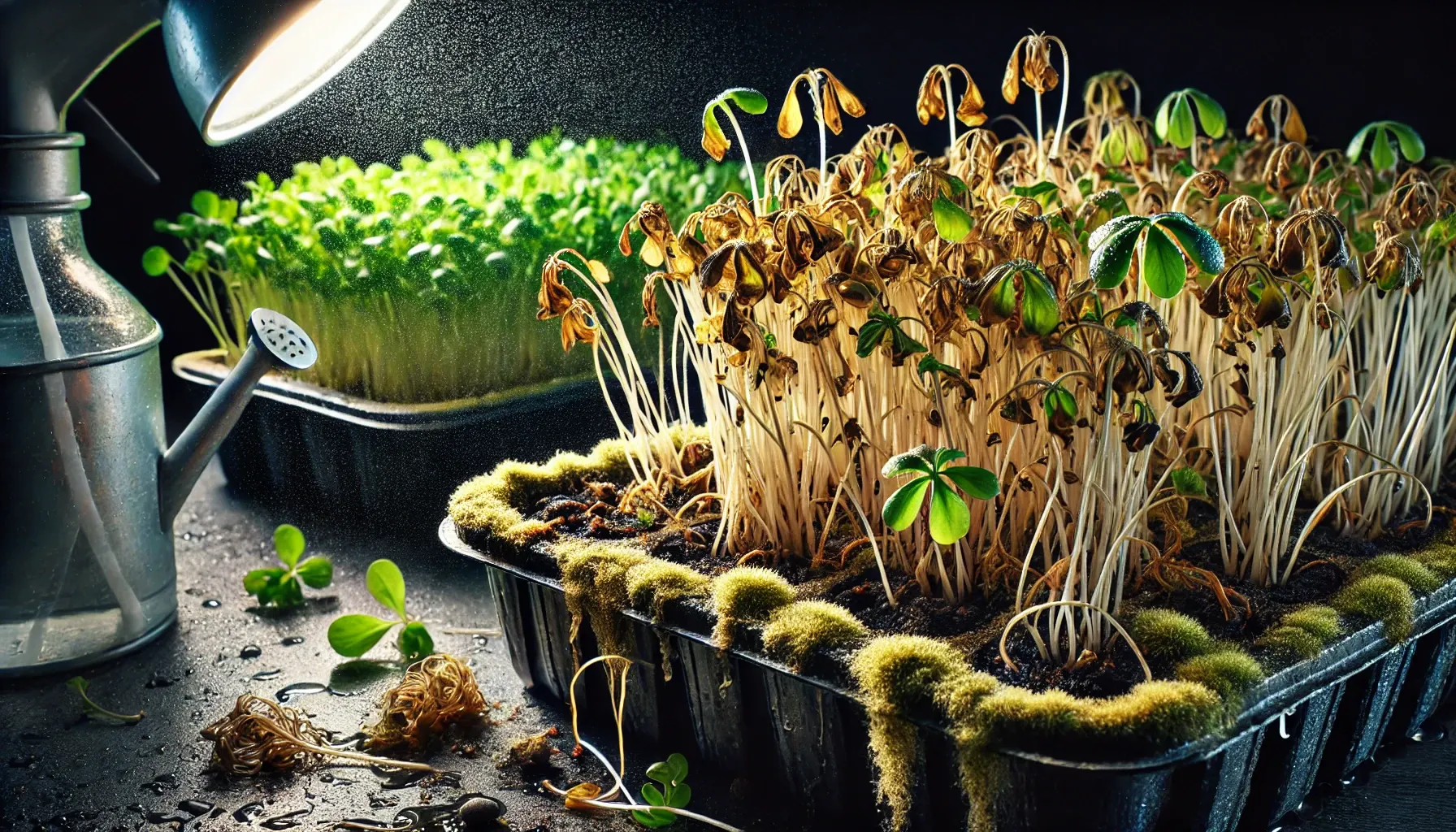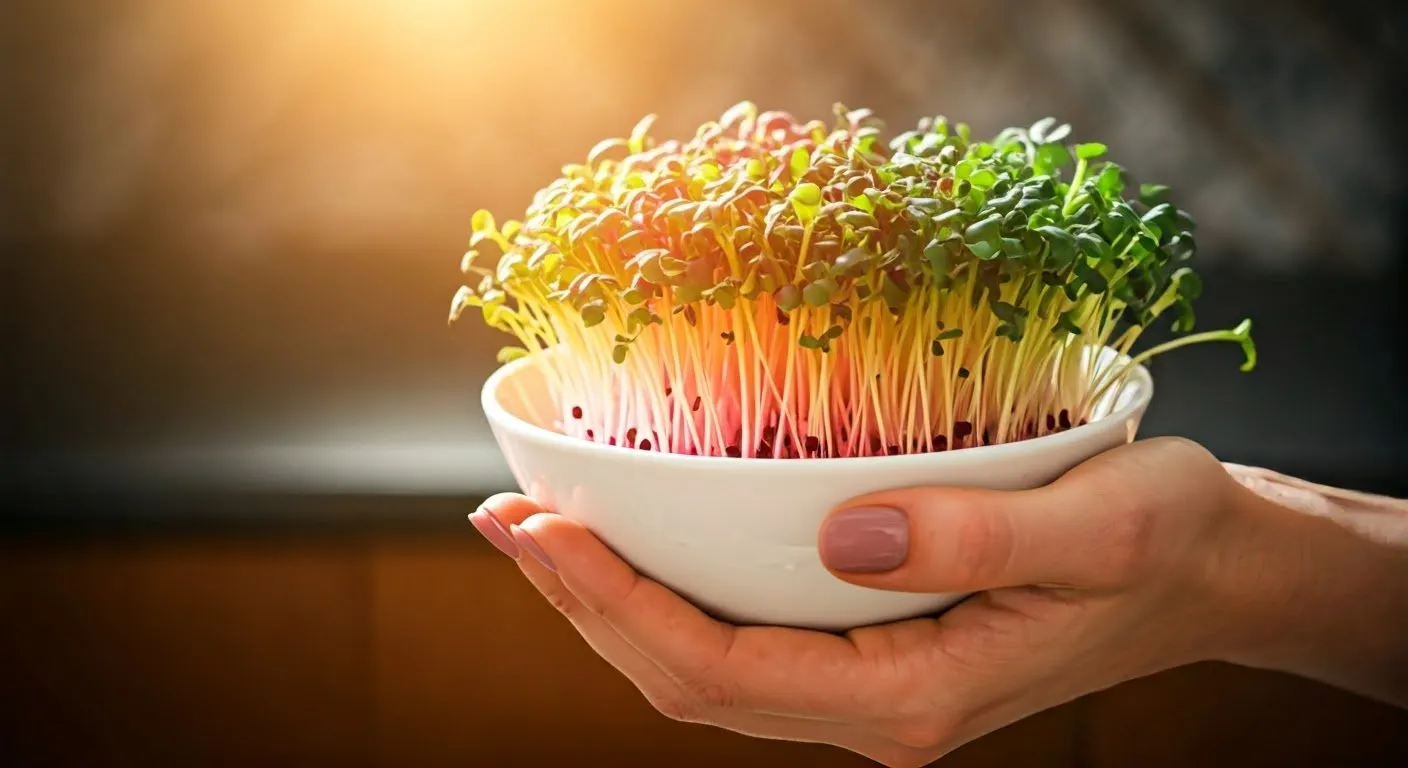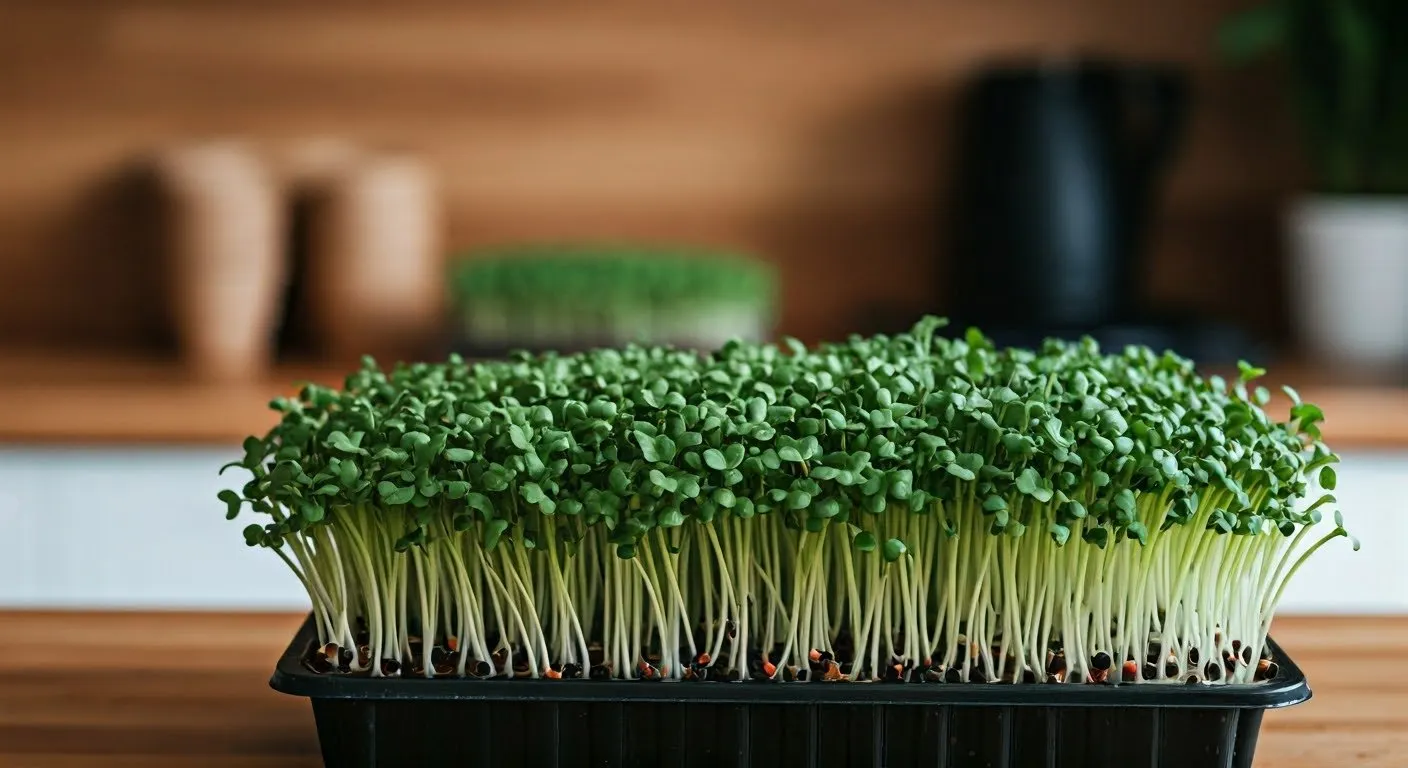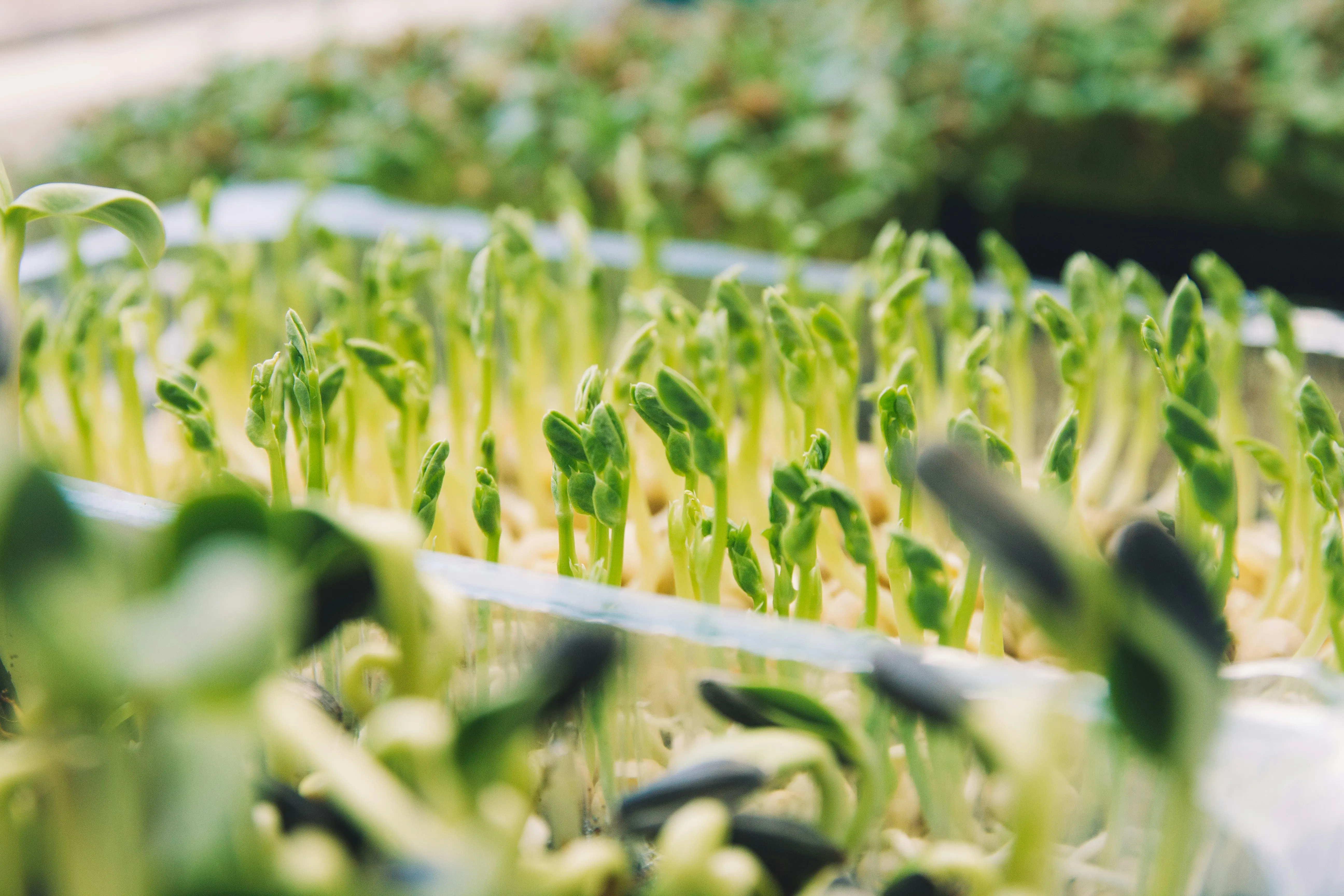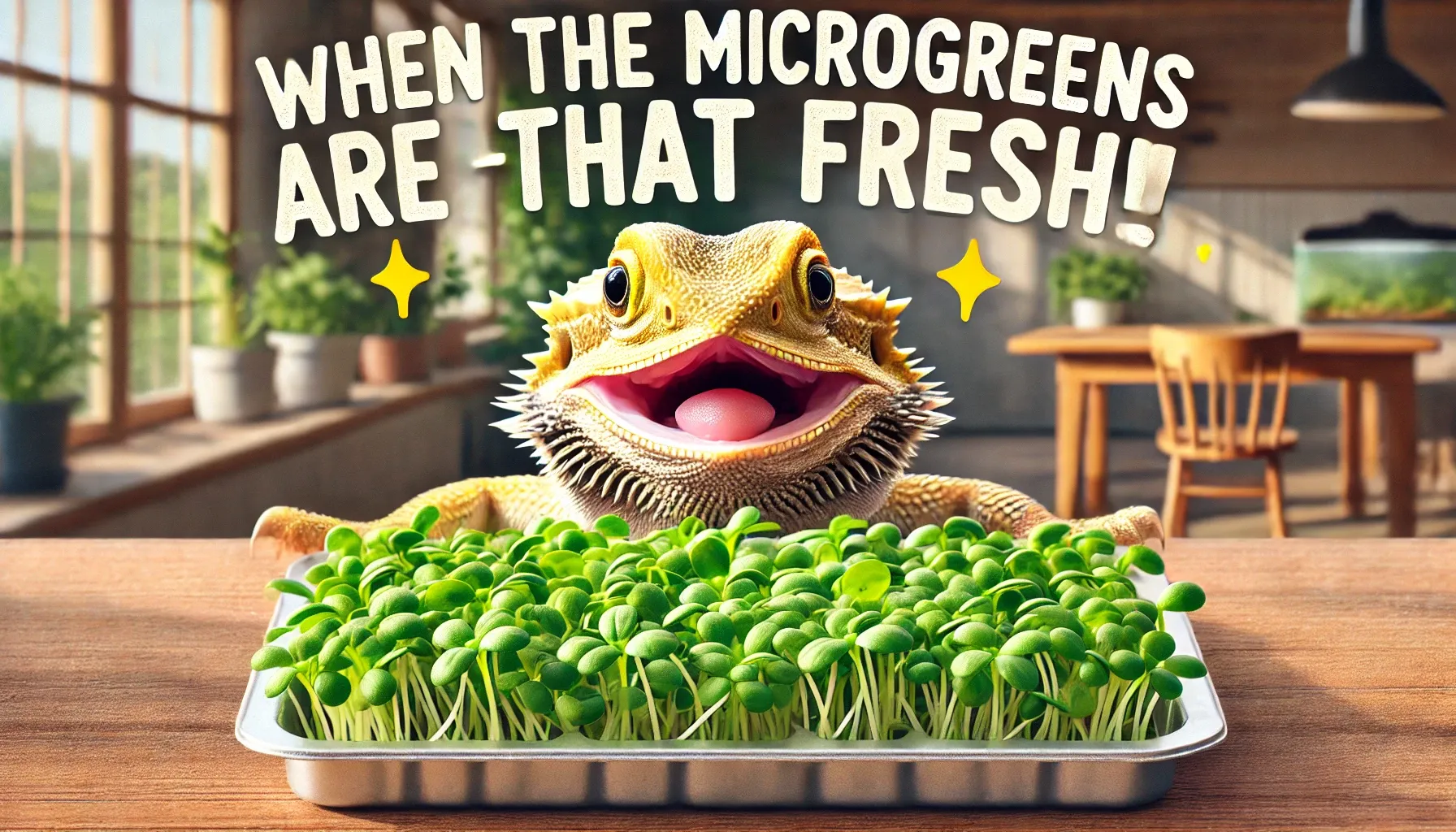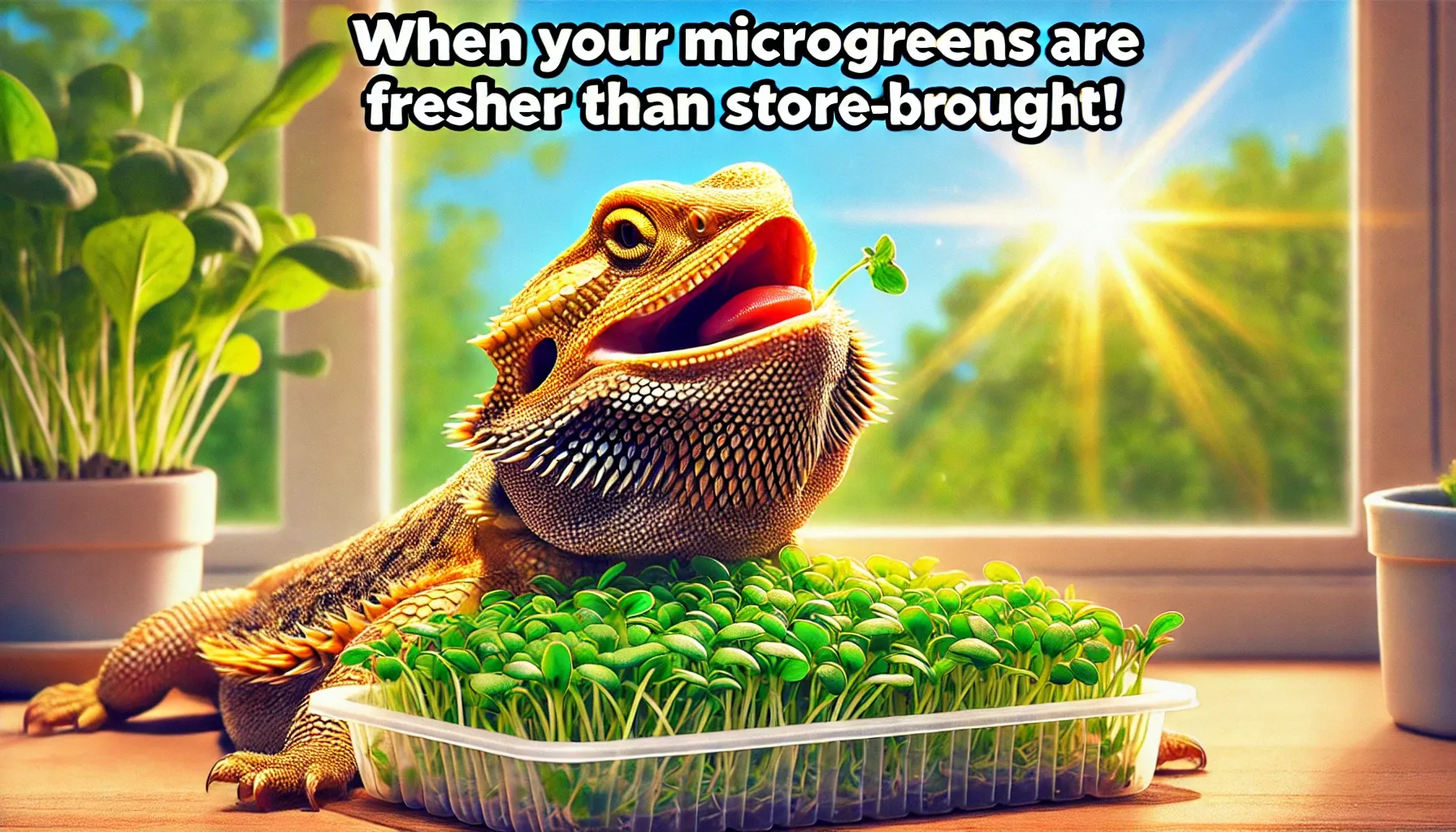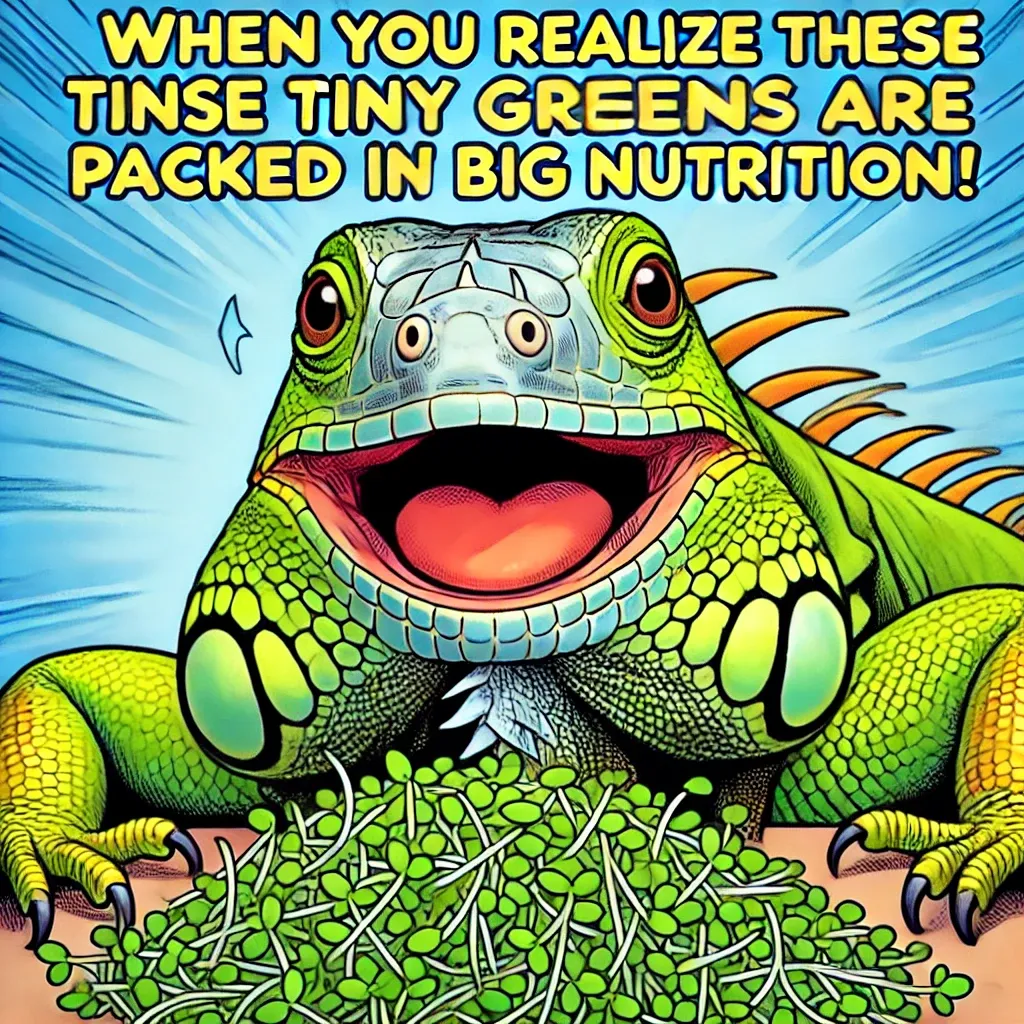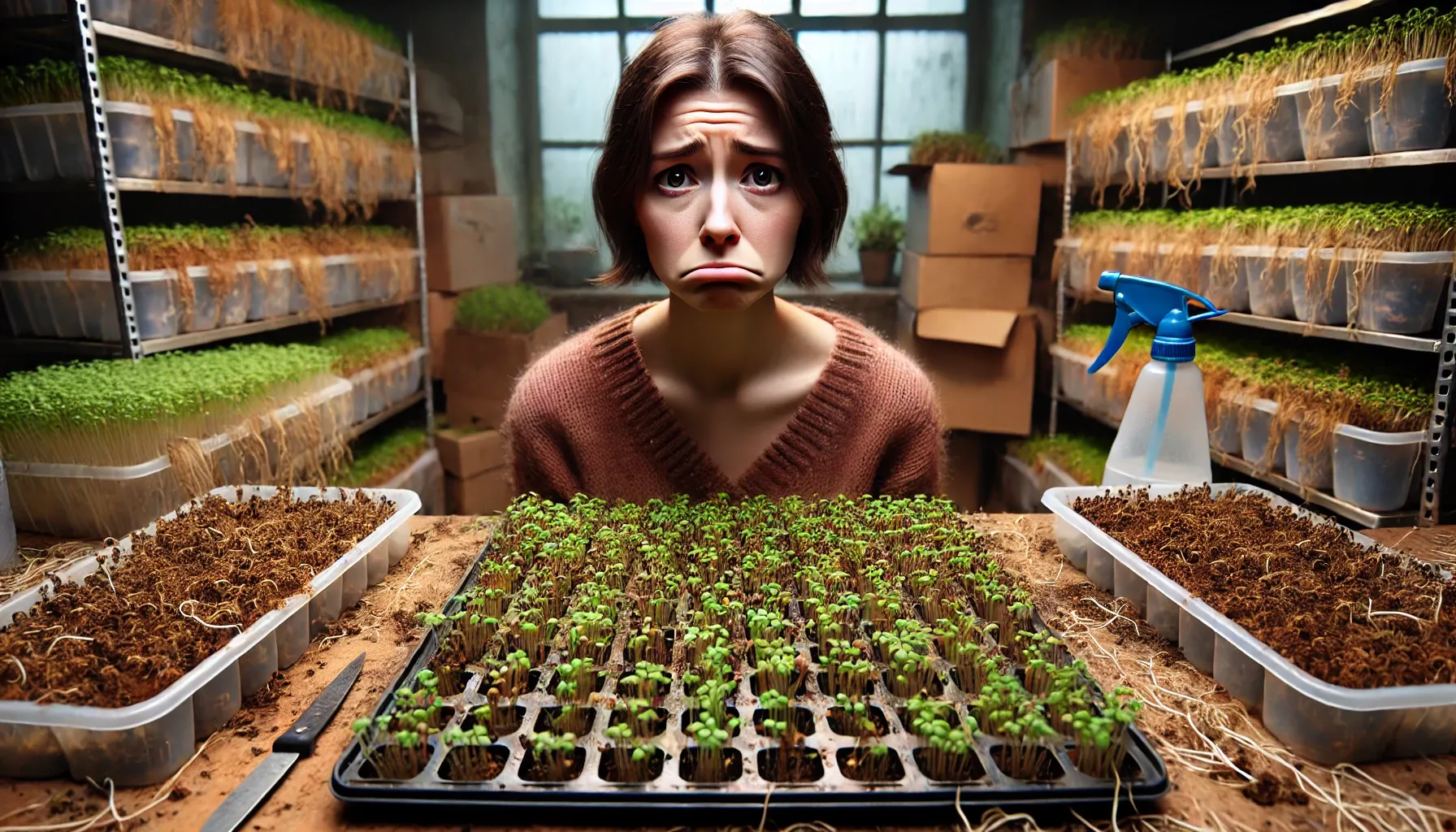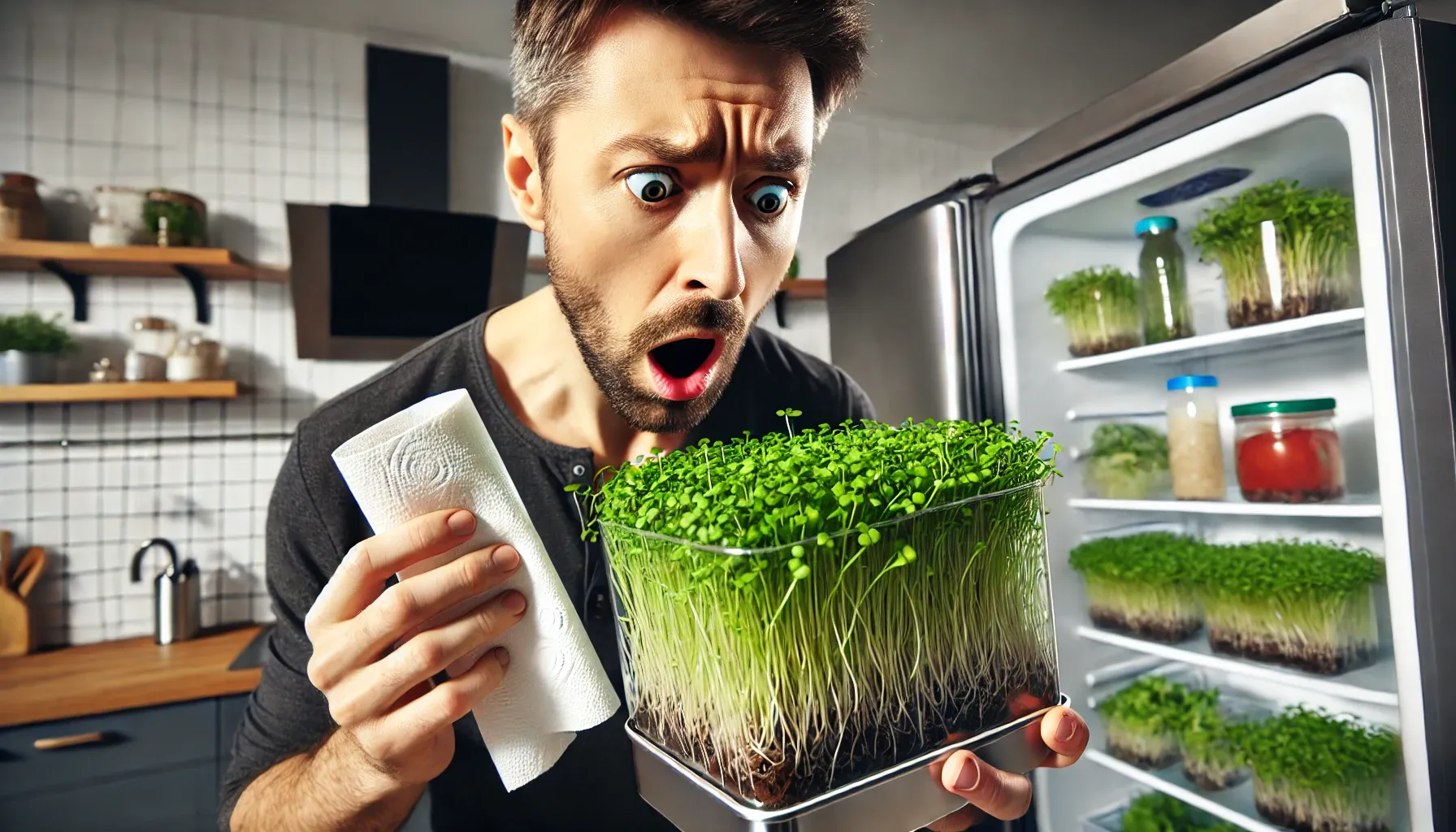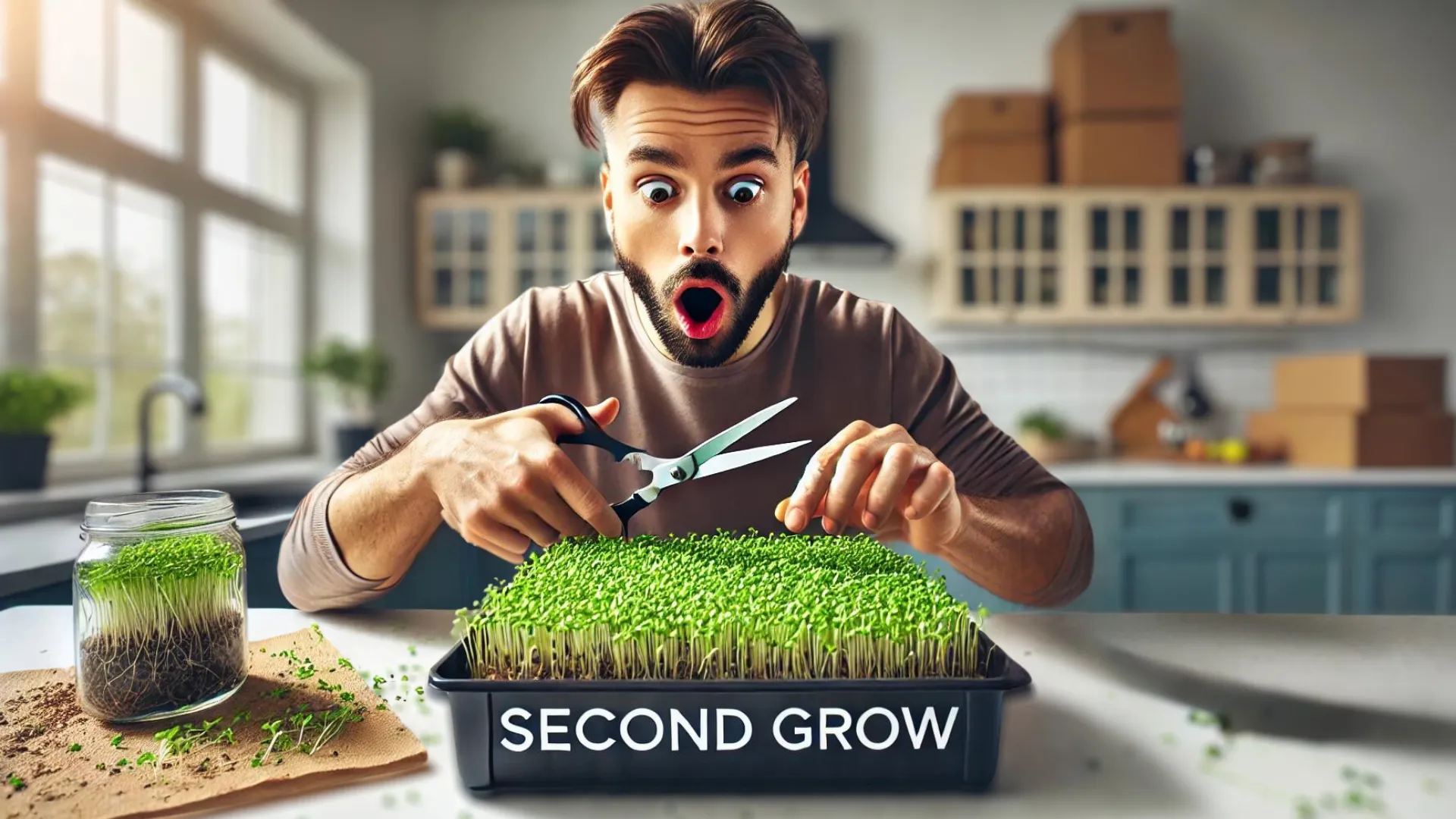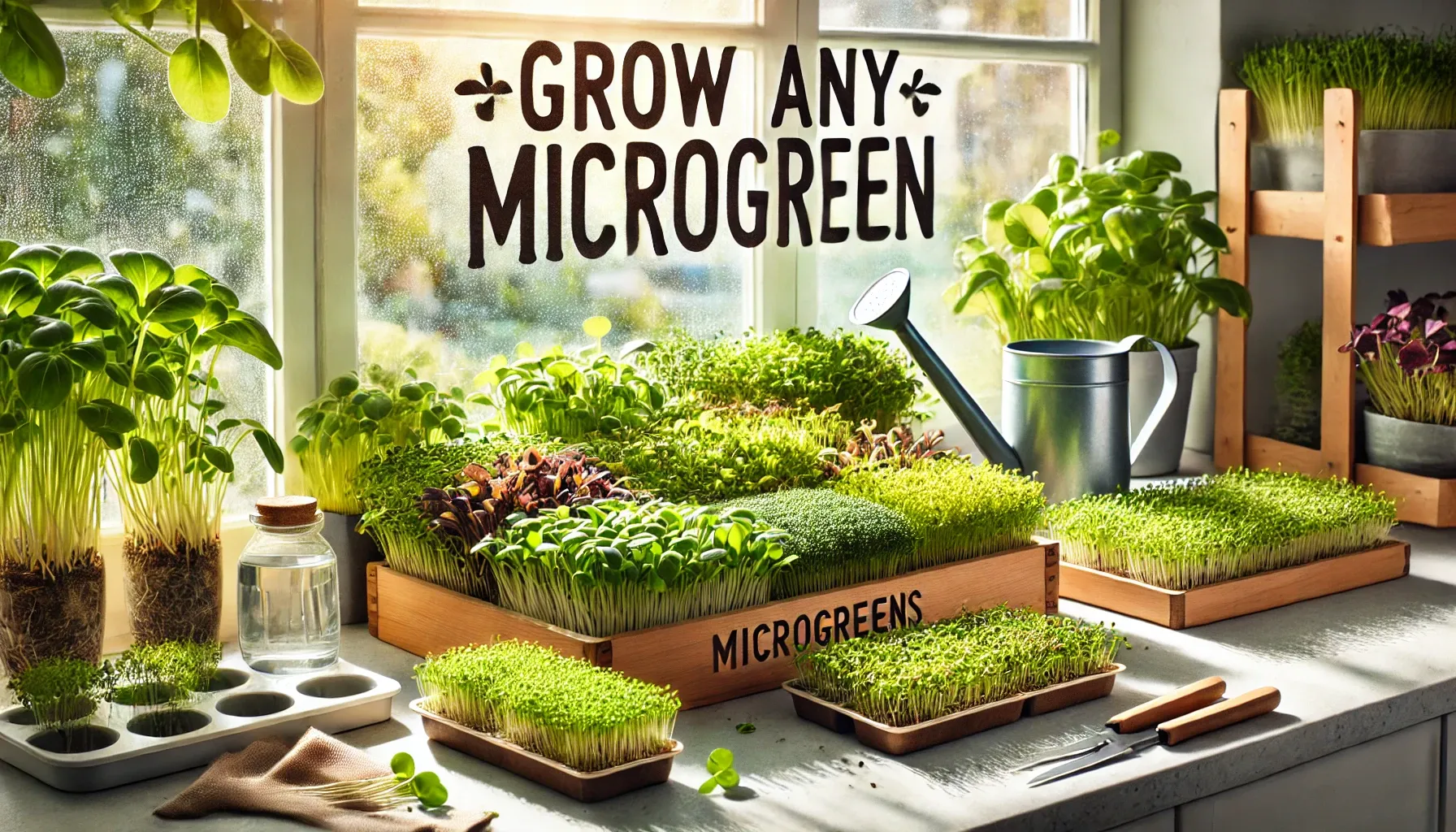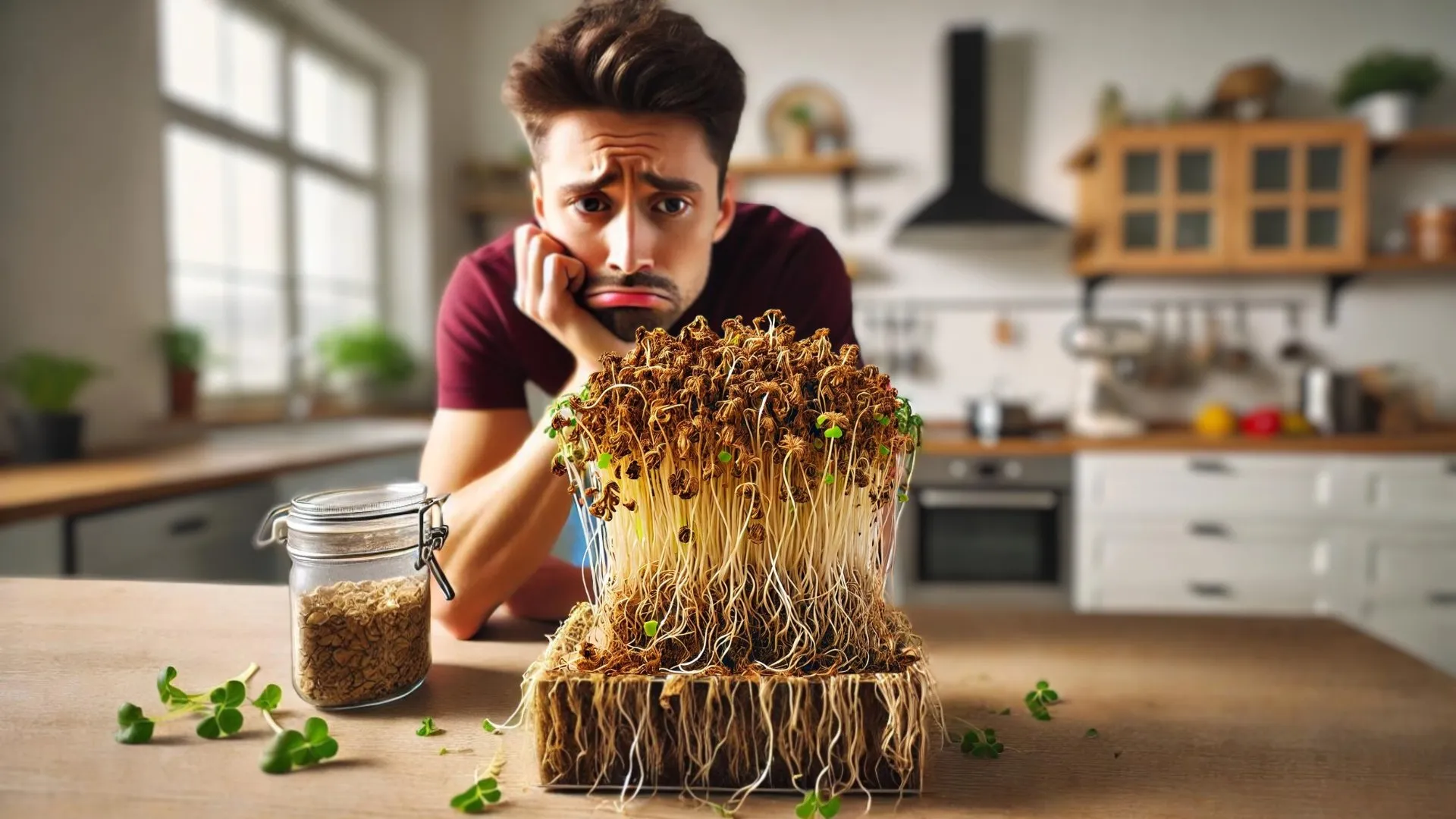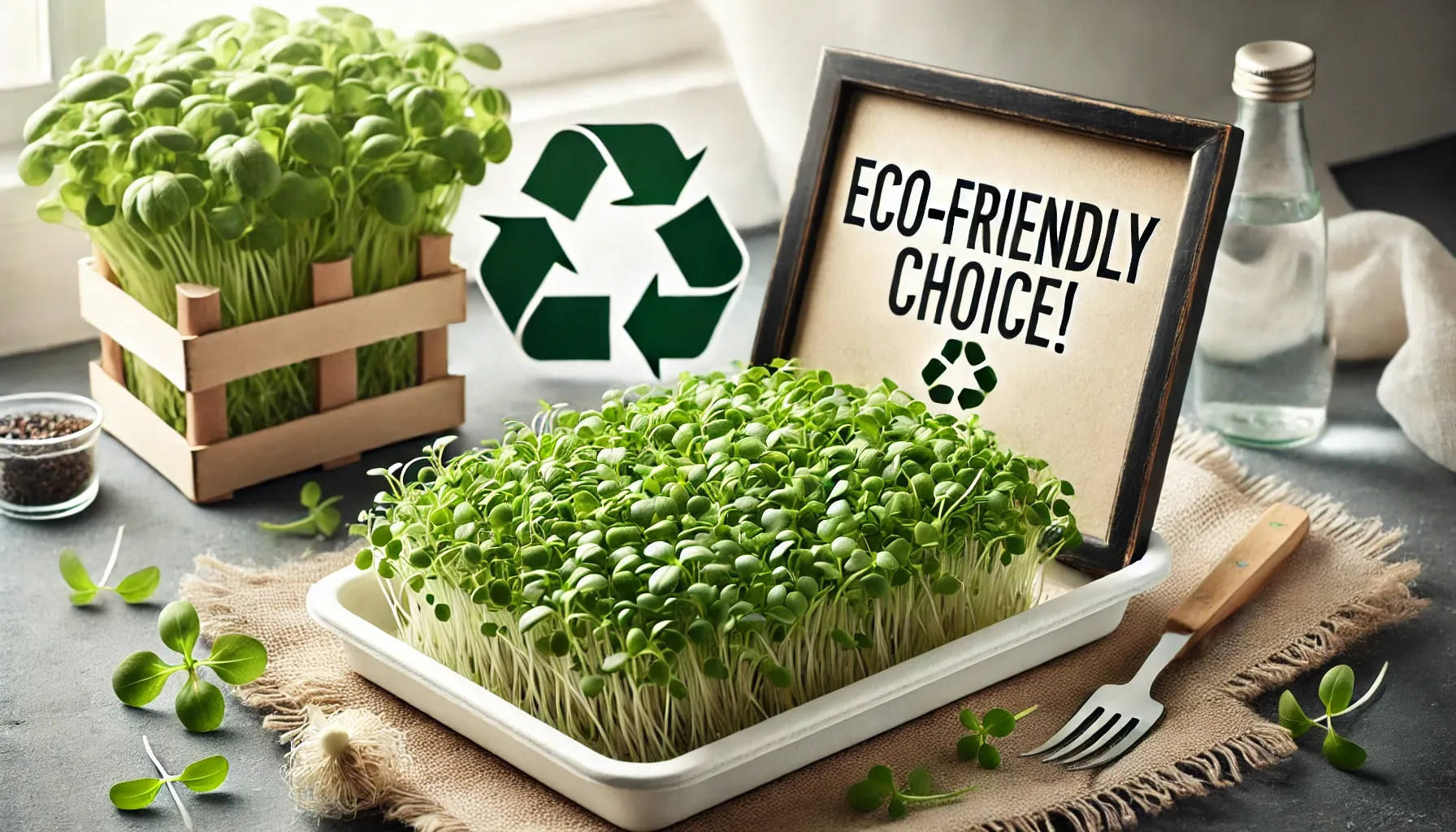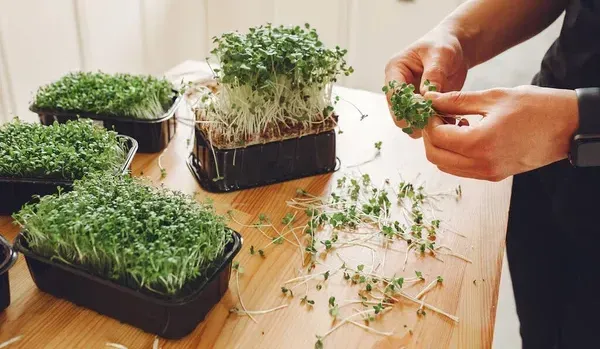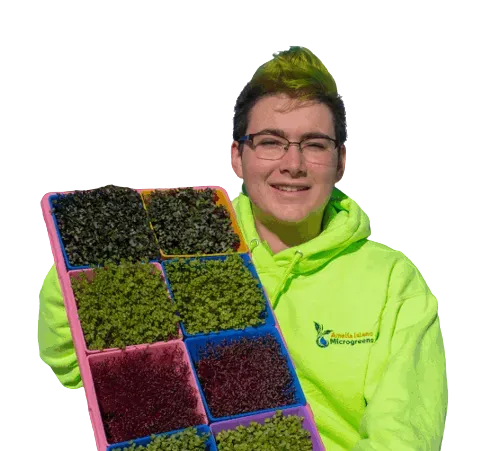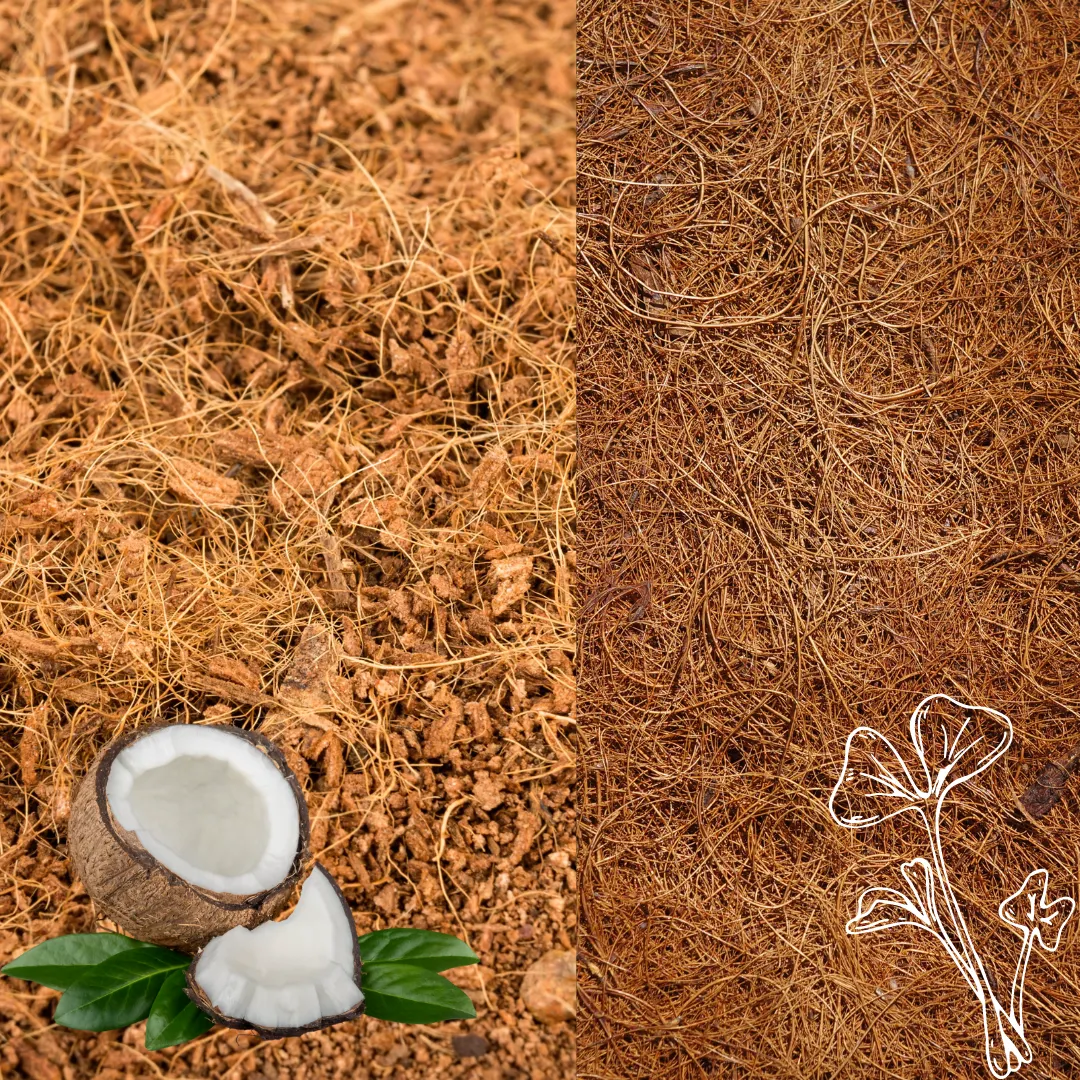🌿 Avoid These Microgreens Mistakes for Lush, Healthy Harvests Every Time Plus FAQs About Growing Microgreens Indoors
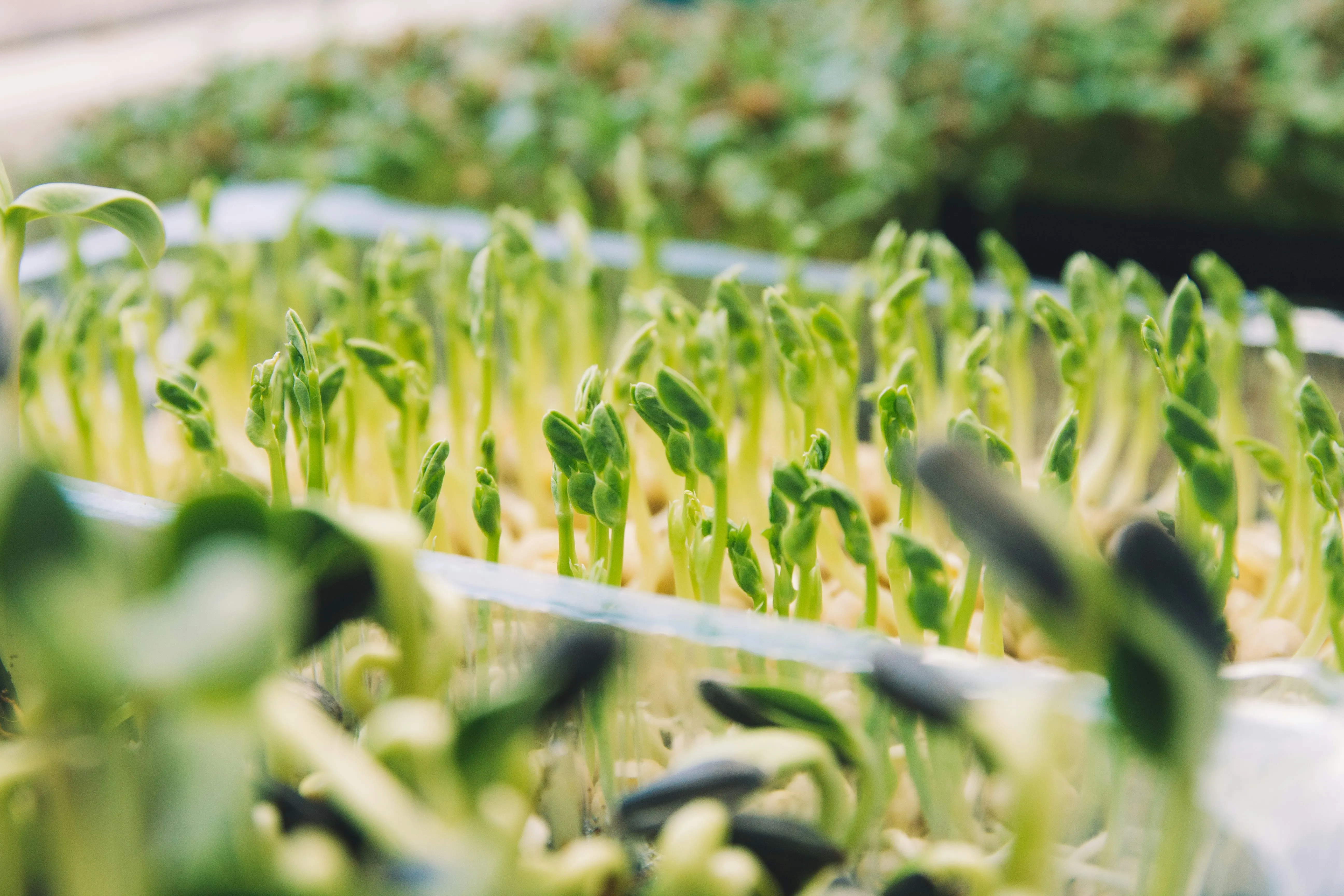
Have you ever been excited to grow your own microgreens, only to end up with limp, moldy sprouts or uneven trays that refuse to thrive?
You’re not alone. Growing microgreens can look deceptively simple, but the difference between failure and success often comes down to a few critical details.
In my latest YouTube video, “Avoid These Microgreens Mistakes for Lush, Healthy Harvests Every Time”, I’m breaking down everything you need to know to set yourself up for success, whether you’re a first-time grower or you’ve been at it for years.
🌱 Why Microgreens Are Worth Growing
Before we dive into the common mistakes, let’s talk about why microgreens deserve a place on your counter and your plate:
✅ Incredible Nutrition
Microgreens are up to 40 times more nutrient-dense than their mature counterparts. In fact, broccoli microgreens are packed with sulforaphane, a compound studied for its anti-inflammatory and potential cancer-fighting properties.
✅ Fast Results
Unlike traditional gardening that can take months, microgreens are ready to harvest in just 7–10 days. This means you get fresh greens every single week with minimal effort.
✅ Space-Saving and Accessible
No backyard? No problem. Microgreens thrive on a sunny windowsill or a kitchen shelf. Even if you live in a small apartment, you can grow them easily.
✅ Kid-Friendly and Fun
Growing microgreens is a fantastic project for kids and picky eaters. When children grow their own food, they’re more likely to eat it—and feel proud of it.
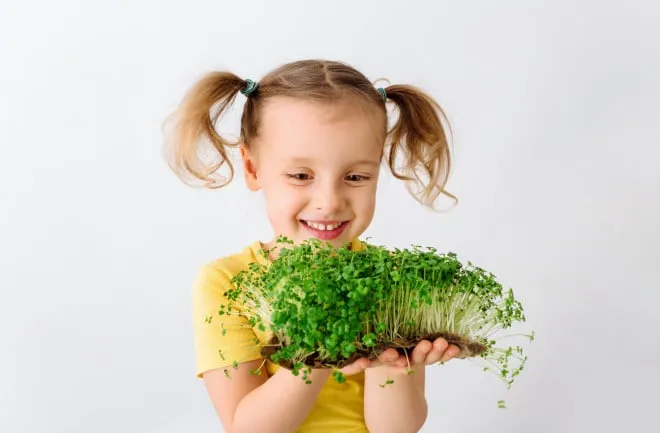
If you’re excited to put these tips into action but don’t want to hunt down trays, seeds, and soil separately, I’ve made it simple for you.
Our microgreen growing kits include everything you need—high-quality seeds, sterile grow medium, a two-tier tray, and step-by-step instructions—so you can get started with confidence right on your kitchen counter.
✨ Explore our microgreen kits here → Shop Microgreen Kits
They’re beginner-friendly, affordable, and designed to help you grow lush, healthy microgreens in as little as 7 days.
🚫 The Top Microgreens Mistakes—and How to Avoid Them
In the video, I walk you step-by-step through these common pitfalls:
1️⃣ Choosing the Wrong Tray
Mistake: Using shallow trays without drainage or trying to grow in recycled containers that don’t breathe.
Fix: Use a two-tier microgreen tray.
✅ The top tray has drainage holes.
✅ The bottom tray collects excess water.
✅ You can water from below, which virtually eliminates mold and root rot.
If you only take one thing away from this video, let it be this: Invest in a good two-tier tray. It’s the single biggest upgrade you can make.
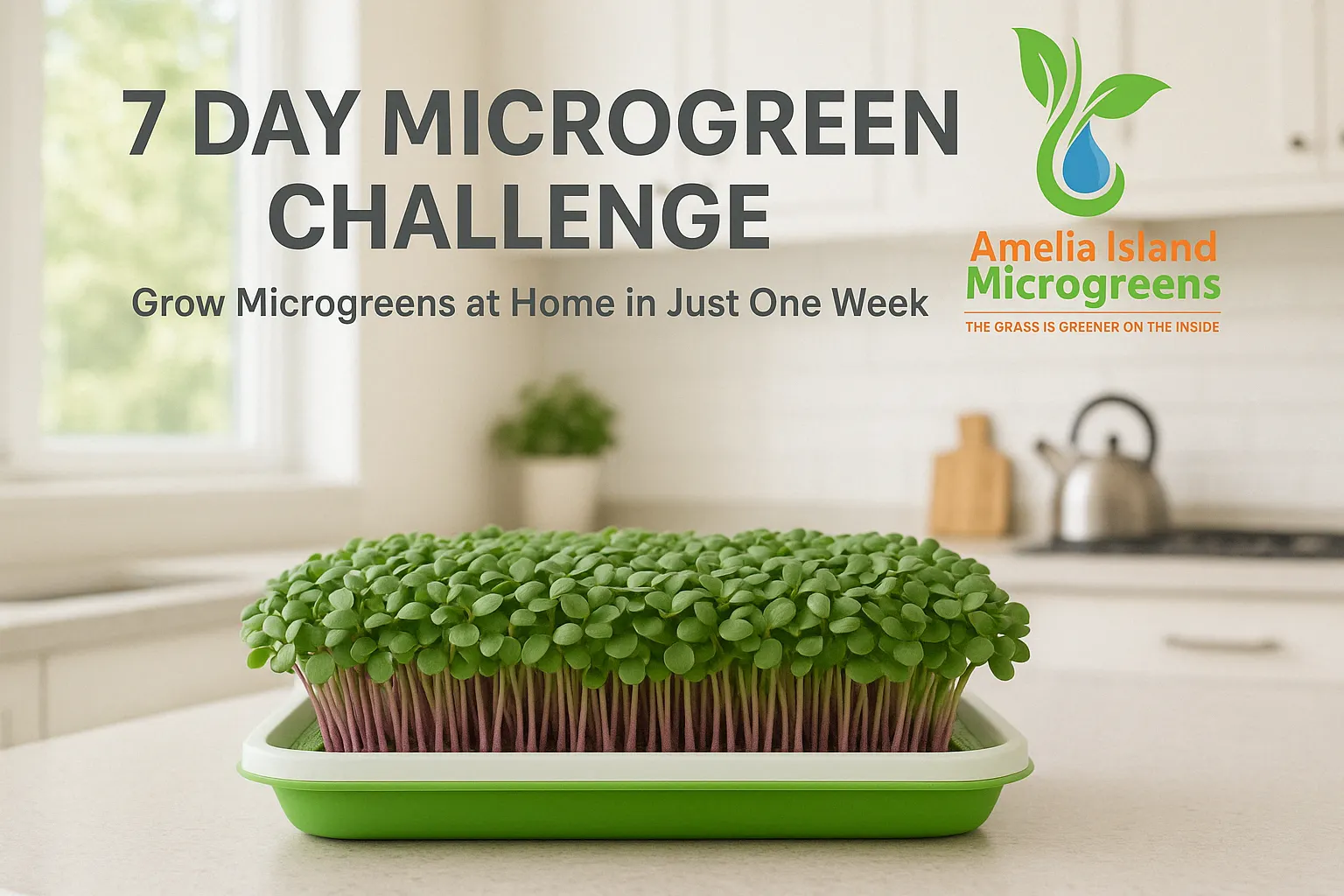
2️⃣ Improper Lighting
Mistake: Relying on low-light corners or uneven lighting, which causes weak, pale microgreens that flop over.
Fix:
✅ Start with a bright windowsill that gets at least 6 hours of indirect light per day.
✅ Rotate the tray every other day so your greens don’t grow sideways.
✅ As you advance, consider adding a simple LED grow light placed 6–12 inches above your tray for consistent, year-round growth.
Pro Tip: Some newer windows have UV coatings that block sunlight—if your greens are leggy even in a bright spot, this could be the cause.
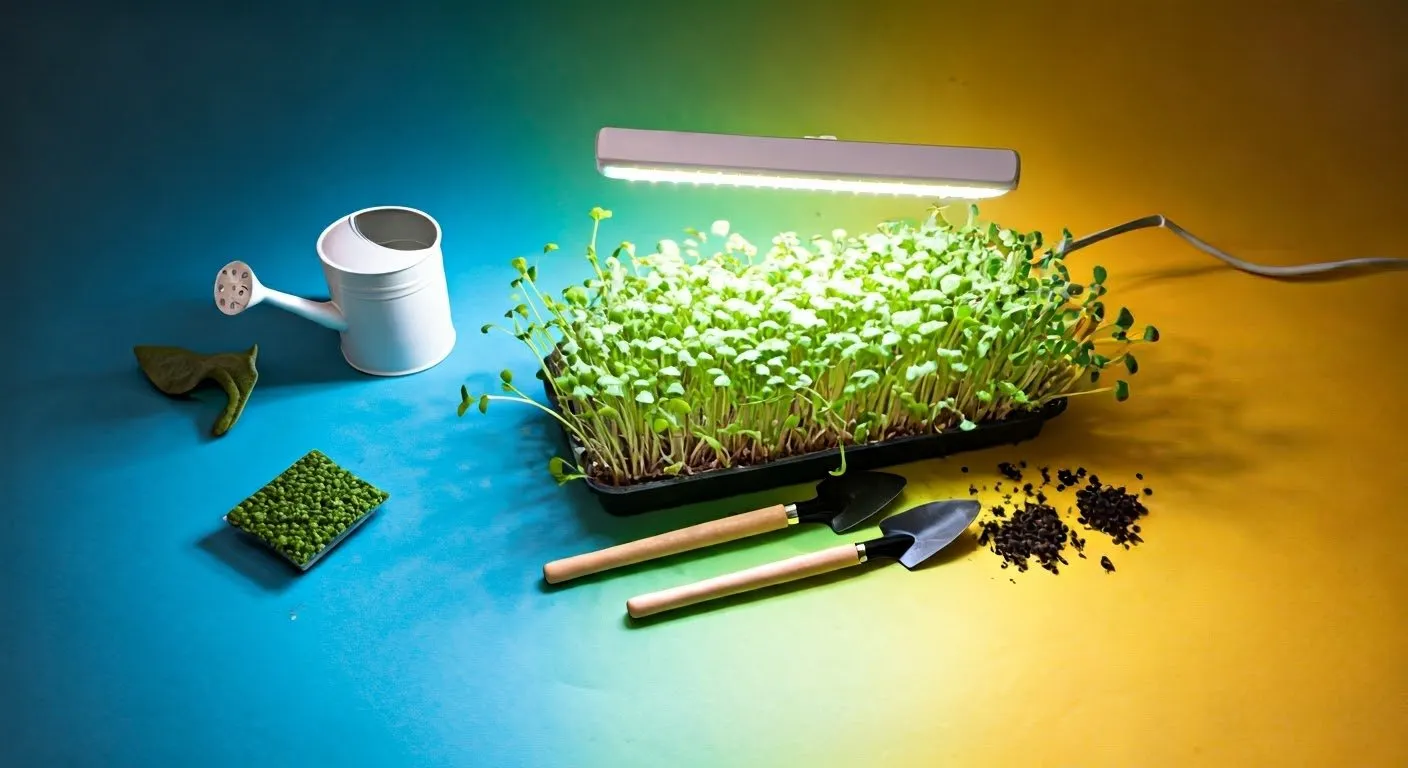
3️⃣ Overwatering or Underwatering
Mistake: Pouring water directly onto your greens or letting the soil dry out completely.
Fix:
✅ Mist the seeds daily during germination (first 3 days).
✅ After they sprout, switch to bottom watering: simply lift the top tray, pour in about a cup of water, and replace it.
✅ Always check back in 15 minutes and pour off any excess water—this prevents mold.
Remember: The goal is moist, not soggy.

4️⃣ Using Poor-Quality Seeds
Mistake: Grabbing any old seeds from the hardware store.
Fix:
✅ Choose pathogen-tested, high-germination seeds.
✅ Look for organic and non-GMO whenever possible.
✅ Store your seeds in a cool, dark place to preserve viability.
When you invest in good seed, you set yourself up for reliable harvests.

5️⃣ Skipping Labeling and Organization
Mistake: Planting multiple varieties and forgetting which is which.
Fix:
✅ Label each tray with planting date and seed type.
✅ Track how many days until harvest.
✅ Make notes on flavor, growth rate, and yields—especially if you’re experimenting with new varieties.
A little organization saves you a lot of guesswork.
✨ My Secret Tip: The Cinnamon Trick
At the end of the video, I share one of my favorite antifungal hacks that almost no one talks about:
👉 Sprinkle a small amount of ground cinnamon across your grow medium.
Cinnamon is naturally antifungal.
✅ It helps prevent mold during germination.
✅ It smells amazing—like you just baked cookies.
✅ It doesn’t affect your microgreens’ flavor.
Try it... this little tweak makes a huge difference, especially if you’re growing in a humid climate.

🎥 Watch the Full Video Now
I go in-depth on all these topics (and more), including:
🌱 The real truth about grow lights (and why you don’t need fancy equipment to start)
🌱 My favorite tray size for countertop growing
🌱 Tips for keeping your greens fresh after harvest
🌱 Why microgreens are the perfect solution for travelers and busy people
If you’re serious about mastering microgreens, I’ve put together a free 10-part Microgreens 101 Master Class, where I share:
✅ My step-by-step growing system
✅ Troubleshooting guides
✅ Secrets I’ve learned from 13 years of experience
✅ Pro tips for maximizing yields
Ready to take your growing to the next level?
Have you tried growing microgreens before?
👇 Drop your comments below, I read every one.
Don’t forget to like, subscribe, and turn on notifications on YouTube so you never miss another tip.
Remember: Even the smallest adjustments can transform your results. With the right trays, lighting, and care, lush, healthy microgreens are just a week away.
Stay curious, keep experimenting, and as always, stay awesome.
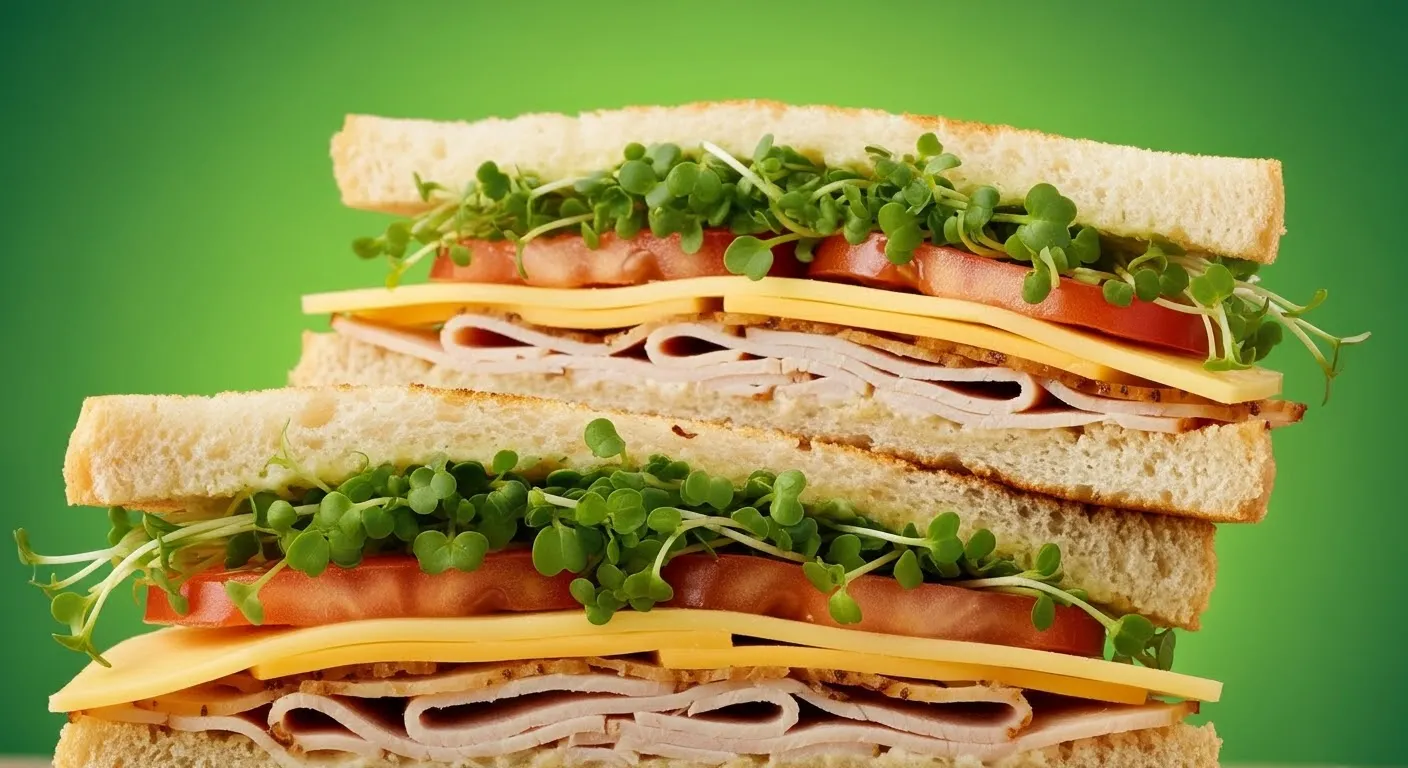
🌿 Frequently Asked Questions About Growing Microgreens
❓ What are microgreens, and why should I grow them?
Answer:
Microgreens are young vegetable greens harvested just after the first true leaves develop. They’re packed with nutrients, up to 40 times more nutrient-dense than mature vegetables. They’re fast-growing, typically ready to harvest in 7–10 days, and require very little space or equipment, making them perfect for beginners or anyone with limited space.
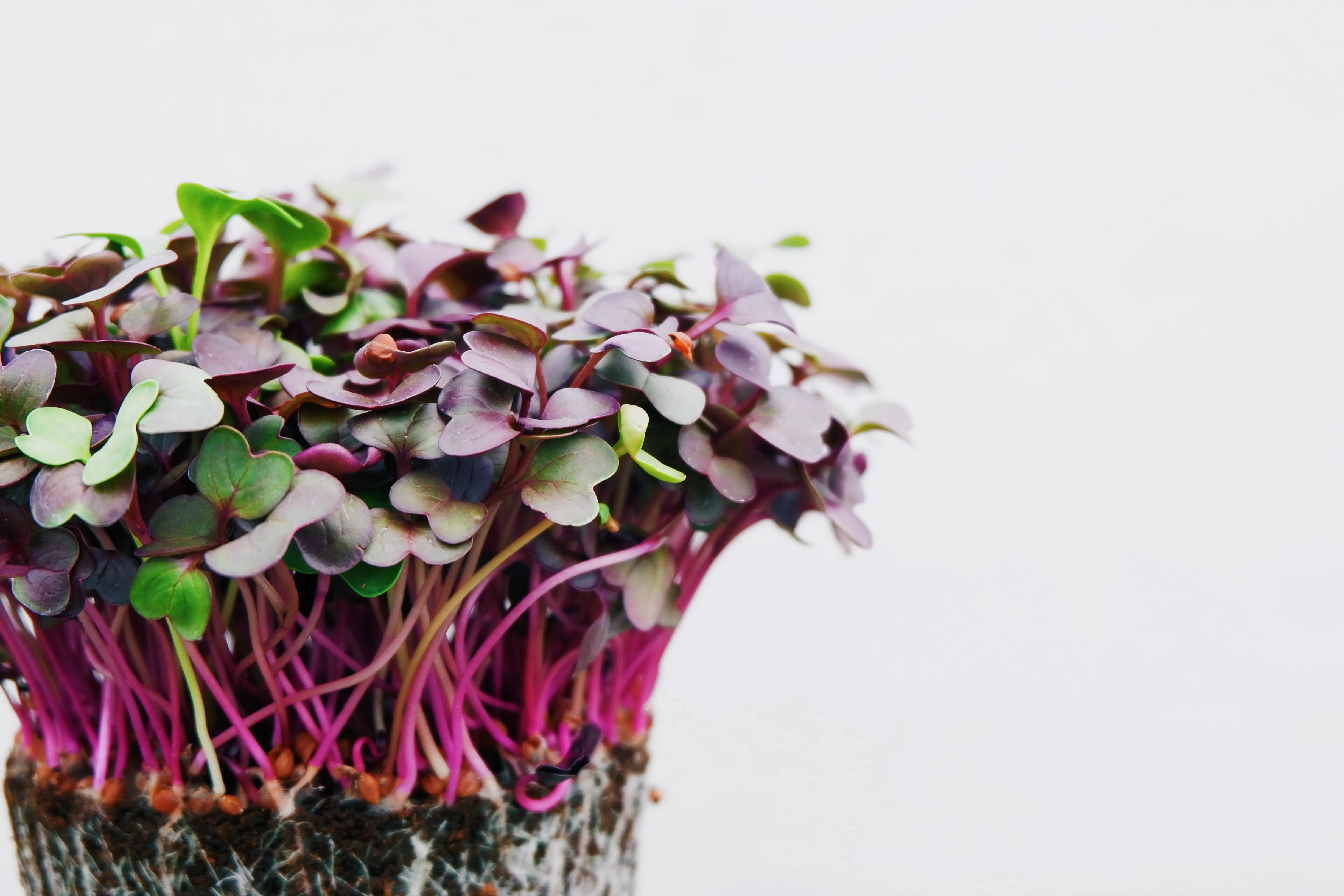
❓ What is the best way to avoid mold when growing microgreens indoors?
Answer:
The #1 way to avoid mold is to use a two-tier microgreen tray that allows you to water from below. This keeps the foliage dry and improves airflow. Additional tips:
- Use a well-draining, sterile grow medium such as coco coir.
- Avoid overwatering.
- Add a small amount of cinnamon to your soil to naturally fight mold.
- Ensure good ventilation and avoid stagnant air.
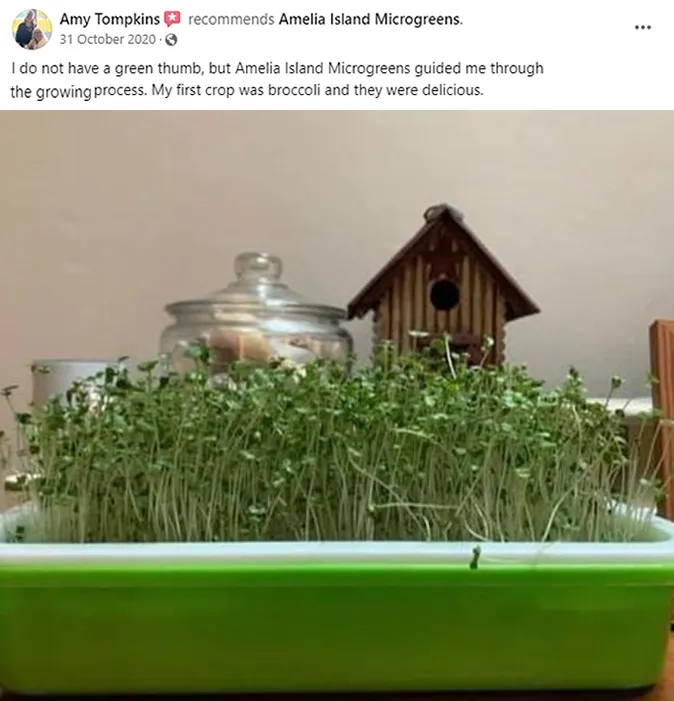
❓ Do I need grow lights to grow microgreens successfully?
Answer:
No, you don’t need grow lights to start.
If you have a bright windowsill with indirect sunlight for at least 6 hours per day, most microgreens will grow just fine. However, if you want consistent, year-round harvests or live in a low-light area, a simple LED grow light placed 6–12 inches
above your trays can improve growth and prevent leggy plants.
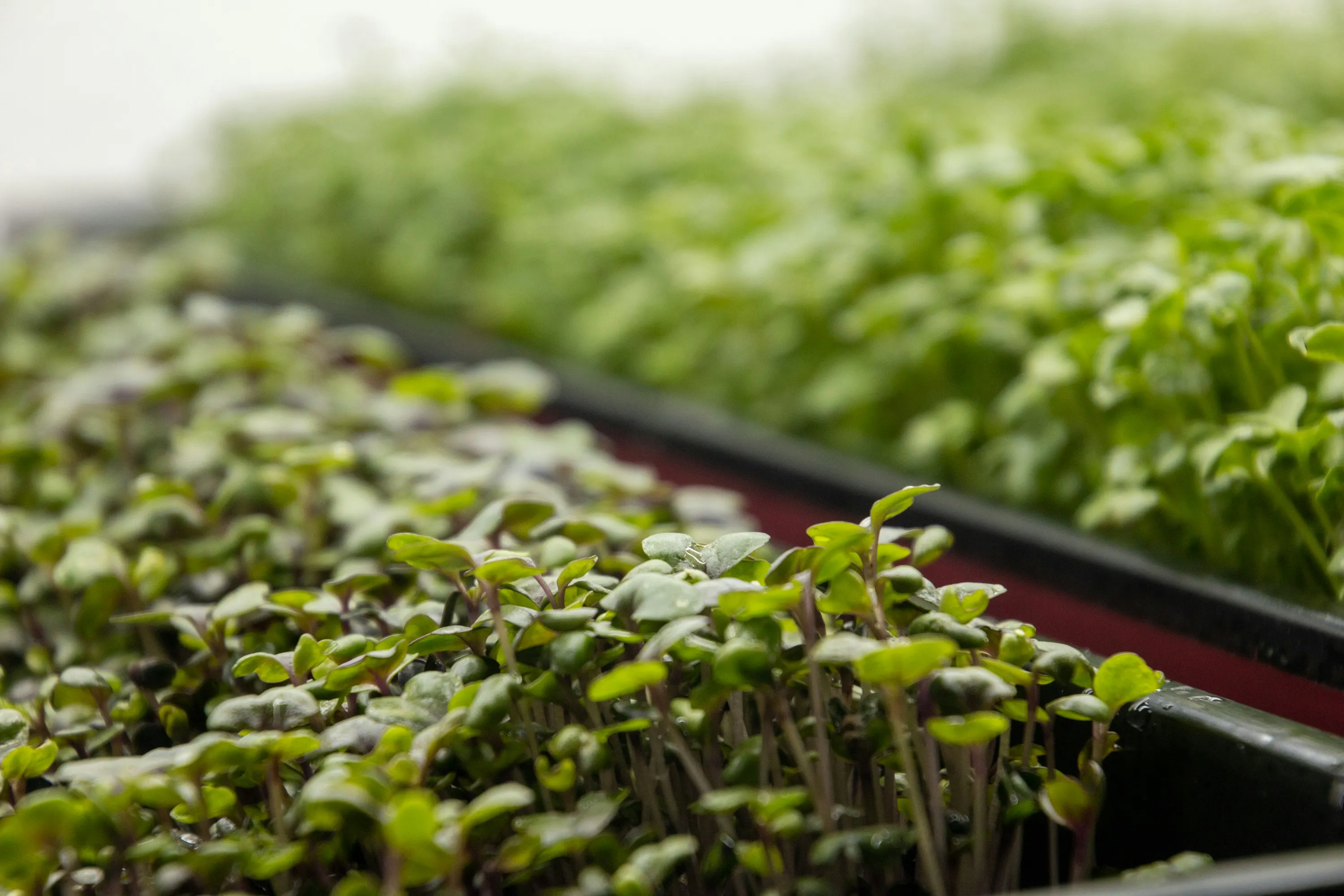
❓ What are the easiest microgreens to grow for beginners?
Answer:
The best beginner-friendly microgreens include:
- Broccoli
- Radish
- Kale
- Collard greens
- Sunflower (requires soaking seeds first)
- These varieties have high germination rates, fast growth, and fewer special requirements.

❓ How often should I water my microgreens?
Answer:
- During germination (first 3 days): Mist the seeds once daily to keep the soil moist but not soggy.
- After sprouting: Water from below once daily or every other day. Simply lift the top tray, pour about 1 cup of water into the bottom tray, and check after 15 minutes to drain excess water.
Always remember: Moist, not waterlogged.
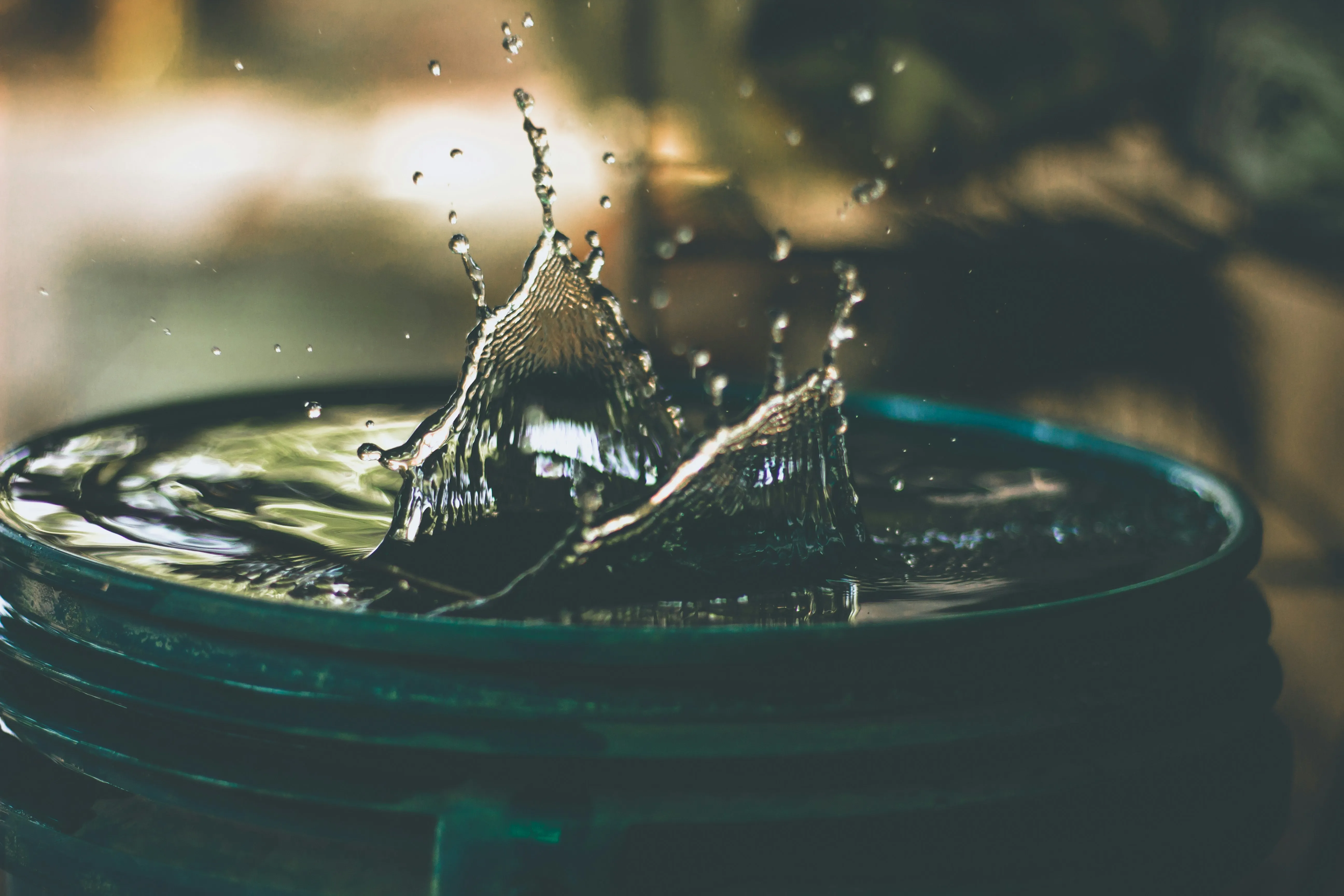
❓ How long do harvested microgreens stay fresh?
Answer:
When stored correctly in the fridge in an airtight container with a dry paper towel to absorb moisture, most microgreens will stay fresh for up to 10 days. For the longest shelf life, harvest only what you plan to eat, and keep the rest growing until you need them.
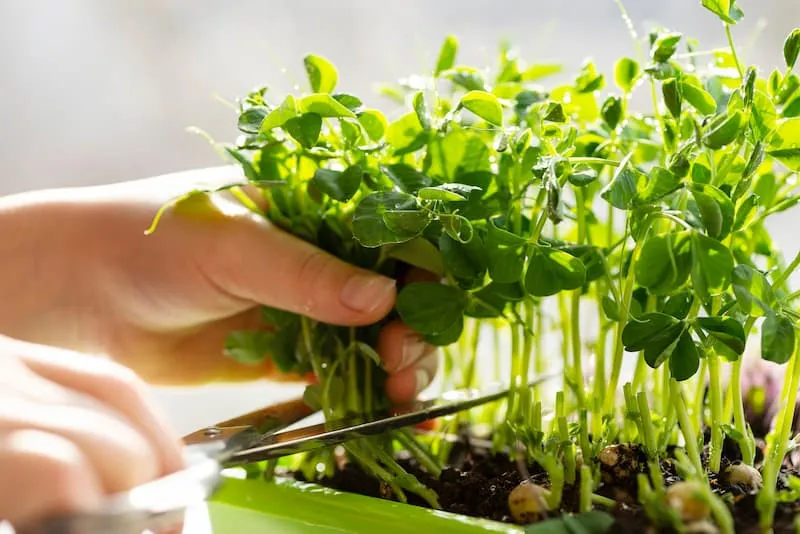
❓ Can I reuse the soil or grow medium after harvesting microgreens?
Answer:
It’s not recommended to reuse the same soil for edible microgreens because:
- It can harbor mold spores.
- It may lack nutrients after the first crop.
- It could develop an unpleasant odor.
- Instead, compost the spent soil and start fresh with new sterile grow medium.
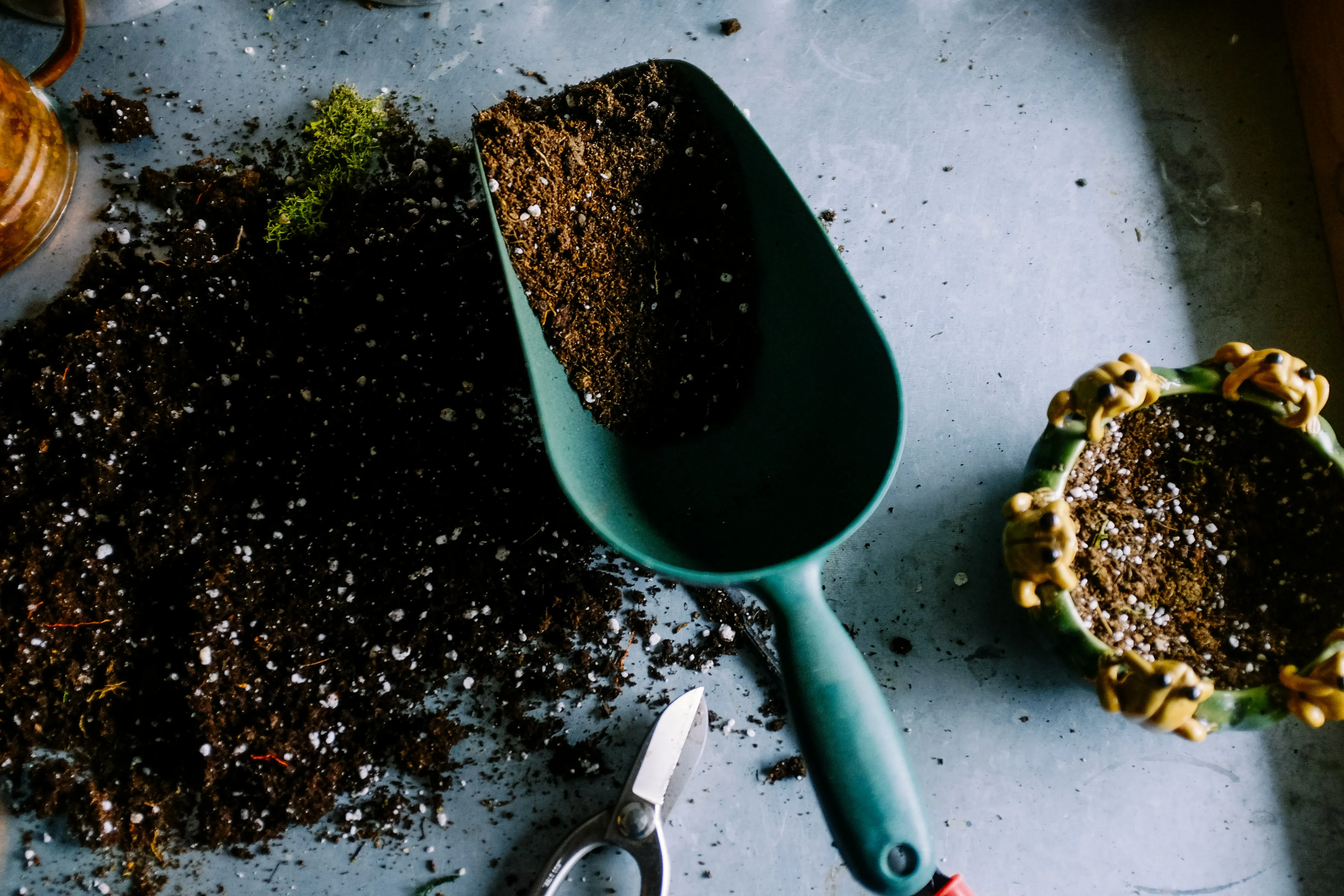
❓ Do microgreens really have more nutrients than mature vegetables?
Answer:
Yes.
Multiple studies, including USDA research, have shown that microgreens can contain up to 40 times more vitamins and minerals than mature plants. For example, red cabbage microgreens are especially high in vitamin C, vitamin K, and antioxidants.

❓ What equipment do I need to start growing microgreens at home?
Answer:
Here’s a simple starter list:
- A two-tier microgreen tray with drainage
- Sterile grow medium (like coco coir)
- High-quality, pathogen-tested seeds
- A spray bottle for misting
- A bright windowsill or optional LED grow light
- A small label or marker for tracking planting dates
That’s it! No fancy equipment required.

💬 Have More Questions?
If you didn’t see your question answered here, drop it in the comments below, or watch the full video for step-by-step guidance!
P.S. If you’d rather skip the guesswork, I’ve put together a complete microgreen kit to make your first harvest easy and fun. Check it out here.


